Menu
Capillary Mat Watering African Violet Plants : How To Use And Set Up
What are mats / capillary matting?
- Mats or capillary mats are fibrous mats made of absorbent fabric on top of which an African Violet pot will sit.
- These mats act as a medium for a wicking process.
- In this wicking process the mats wick water from a reservoir and the soil in the pot wicks water from the mat.
- Over time the African Violet soil absorbs just the amount of water from the mat it needs through a continuous supply.

- Even if you top water an African Violet (this is is when you add water to the top of the soil), the water will run through the soil and come out of the pot drainage holes onto the capillary mat.
- The mat will then absorb this water and hold it, until the soil absorbs this water up again.
Examples of capillary matting used for watering African Violet plants shown below:
How does capillary matting work; for African Violet plants?
- Capillary mats work by supplying bottom watering to the African Violet plant.
- Due to the absorbent properties of the capillary mat, it can absorb and hold water, until it is drawn up by the soil in the African Violet pot placed on the mat.
- This capillary action of drawing water from the mat and distributing it though the soil is done by the roots of the African Violet plant.

What materials to use for capillary mat watering of African Violet plants?
- The mat / capillary matting fabric should be absorbent material.
- It can come in different sizes and thickness. The more thicker the fabric, the more water it will hold.
- The fabric can also be of different textures. If it is coarser and fuzzier it may be hard to clean. A smoother textured fabric will be easy to clean.
- Color of the mats also makes a difference.
- White mats can get dirty quickly, need frequent cleaning, will be difficult to see crawling pests/bugs and fertilizer salt build up will occur. Though white mats make it easier to see green algae build up and fungus gnat pests.
- Black mats do not visually look dirty, can be easy to spot crawling bugs easily. However, it will be difficult to see algae, mildew and fertilizer salt build up.
- Green mats can also work. You can spot bugs on it and fertilizer salt accumulation. Green mats will get dirty less often. However, algae build up may not be easy to spot.
- For capillary mat fabric /material any absorbent fabric will work. These include:
- Acrylic blankets (long lasting, expensive)
- Polar fleece (will absorb more water, especially if thick)
- Felt fabric (will need to change frequently, looses texture, shape over time, cheaper)
- Microfiber cloths (cheaper, can throw out frequently, easy to clean)
- Wool material (breaks down quickly)
- Low loft quilt batting (readily available)
- Professional greenhouse quality capillary matting (long lasting, rot proof, expensive).
Examples of capillary matting used for watering African Violet plants shown below:
How to prepare your capillary mat for watering African Violet plants?
- First cut your mat to size of tray.
- Then check whether your mat is absorbent enough.
- To do this lay your dry mat in a tray.
- Add a cup of water to the mat.
- Observe how long it takes and how well the mat absorbs water. If the mat immediately absorbs water that’s good.
- If it takes time for the mat to absorb water and if the water is just sitting on top of the mat and not getting absorbed, follow an additional step.
- Wash/rinse the mat with soapy water, this should reduce the surface tension and water will not be easily absorbed by the mat.
Try to use long thin spout watering cans as shows below for watering African Violets, its easier to give water to the potting soil this way.
Different ways to set up your capillary mats for watering African Violet plants?
Method 1:
- Use a 1020 black tray, boot trays, permanest trays or similar containers.
- Cut the capillary mat to size and prepare as described above.
- Lay the soaked capillary mat in the tray.
- Place potted African Violet plants on top of mat.
- These potted African Violet plants should be wicked.
- The wick will absorb water from the capillary mat and send it to the soil.
- More details about wicking can be found in the article here, “Wick watering for African Violet plants“.
- If your pot has over five drainage holes, it can be placed directly on the mat without a wick. However, I have had better results with a wick. This is the method I use occasionally for my plants.


Below are recommendations for permanest & 1020 trays, these are great for keeping African violets in on a shelf
Method 2:
- Use a permanest tray or a mondi black & white tray (these trays are sturdier than 1020 black trays).
- Use egg-crate grids to put inside your above tray.
- At your local hardware store, look for egg-crate grids and have them cut to size; slightly smaller than your tray. They should be able to comfortably fit inside.
- Another alternative would be to purchase a large piece of light diffuser panel and cut it to size using needle nosed pliers.
- Can also use anything similar to these grids, sturdy with spaced out holes/openings.
- The grid should sit inside of your tray, not at the bottom, but slightly raised.
- This can be achieved by either placing an empty 2″ pot or mouthwash cup in all 4 corners of the tray and then resting the grid on top of the tray.
- Another method would be to hot glue small notches on the four inner sides of your tray. You can then rest your grid on these notches.
- Once you have got your grid set up ready, you can move on to next steps.

Different types of 1040 plant trays, great for watering African Violet plants, carrying them or displaying them in the trays.
- Remove grid, fill tray with water, wrap the grid with your moist capillary mat.
- Turn the corners of the mat underneath the grid, so that the ends of the mat are in contact with the water in the tray.
- Place potted African Violets on the capillary mat.
- Another method is to cut the capillary mat at the corners of edges into long strips. Have these mat strips fall into the tray with water. The strips will absorb this water from the tray, distribute it through the mat and finally transfer to the potted African Violet plant.
- Above, we mentioned that the grid should fit inside of the tray and be raised. The grid can also sit on top of the tray, but this depends on the thickness of the capillary matting fabric you are using.
- If the fabric is too thick, then the covered grid wont sit evenly on top of the tray, it will be bunched up and uneven.
- You can try a thinner fabric and see if it sits flat on the grid and sits stable on top of the tray.
- Another tip is, to make it easier to fill the bottom tray with water, you can cut a small square corner piece from the capillary mat. This will create an opening, making it easier to fill the bottom tray with water.
Below are recommendations of grids which can fit over a tray for wick watering African Violets:
What kind of soil to use for capillary mat watering of African Violet plants?
- A light mix of equal parts perlite to peat moss is the standard rule.
- However, this can be adjusted depending upon temperature / humidity of your growing area.
- If you notice the soil remains soggy/wet for longer, can add more perlite (60-70% or 3/4th) and peat moss (40-30% or 1/4th). The extra perlite will assist in draining more water out of the soil.
- I have found adding a layer of thin perlite at the bottom of the pot works really well. It makes a huge difference when using capillary matting. This is also true when using wick watering for African Violets.

African Violet potting soil & perlite shown below:
What kind of fertilizer to use for capillary mat watering African Violet plants?
- You can use the same fertilizer as you generally would. No need to use a special formula.
- However, my plants have grown better when I water my African Violet plants from the top with fertilizer water.
- Over time fertilizer salts will build up on the sides of the tray and on the capillary mats.
- If possible at least once a month or once every 3 months, leach the plants with plain water. That is add water to top of soil and let it run out onto the capillary mat.
- Then wash the capillary mats and trays. Can re-use the mat or if it is too gunky/grimy/old – use a new mat.
- If the mat frequently develops green algae, can add Physan20 to slow down the formation of algae.
Examples of commercially available African Violet fertilizers below:
How much water to add to capillary mat for watering African Violet plants?
- When you first set up your capillary mat watering system, it is nice to pre-measure the amount of water you anticipate your African Violet plants will need.
- This takes a little bit of time in the beginning, but will make watering easier in the long run.
- If possible first group your miniature, semi miniature and standard African Violet plants in separate trays.
- This is because the roots of different types of African Violet plants will absorb water at different rates.
- If you just have a small mix of plants and it doesn’t make sense to separate on the basis of African Violet type, then you can separate on basis of age.
- This means group the baby plantlets on one tray and group the mature adult African Violet plants on another tray.
- This again is because the baby plantlets will have a less developed root system and the adult African Violet plant will have a developed root ball mass.
- Each of these groups of African Violet plants will absorb water at a different pace.
- Once you have sorted out your grouping, now its time to figure out how much water you will need.
- Place a dry capillary mat in your tray. Your plants should be slightly dry and in need of watering.
- Place your potted African Violet plants on top of the mat.
- Measure 1 cup of water and top water your plants slowly.
- Add just enough water slowly that it runs through the soil and comes out of the bottom.
- As soon as you see water starting to seep out of the bottom drainage hole, stop watering.
- If you need more than 1 cup of water, measure out a 2nd cup of water and add to the pot.
- Keep a note of how many cups of water was used to water all of your African Violet plants, just until water seeps out of the holes.
- Now wait for 30 minutes to an hour, until all the water from the pot is absorbed by the capillary mat.
- Now measure another cup of water and add it to the capillary mat.
- The mat surface should be evenly covered / soaked with water.
- Keep a note of how many cups you added.
- Sometimes water will collect at one corner of the tray, gently lift the tray and move the water to the other side so the mat is evenly soaked.
- After an hour come back and see if the water has been absorbed from the mat or if water is still pooled in the mat.
- Make sure pots are not sitting in a pool of water. Remove excess from tray. Pots should be on a soaked mat, not in a pool of water.
- If the capillary mat is still dry and all the water has been absorbed. You can add more water and keep a note of the total number of cups.
- Most probably, after adding 2-3 cups of water, you will not need to add any more.
- Once you have the total number of cups of water you added to the tray, keep a note of this. Now each time you water the mats, this will be the amount of water you will add to the tray.
- Total cups of water = cups of water to top water plants + cups of water to evenly wet the capillary mat.

How to clean your capillary mats and when to replace your capillary mats?
- Once a month or once every 3 months, spray your trays and mats with diluted bleach solution (1 part bleach+3 parts water).
- Allow to soak for 5 minutes, then clean the trays/mats and rinse with plain water.
- Allow capillary mats and trays to air dry.
- Its time to replace mats if the capillary mat material is breaking down, if the mats are uneven (thicker in few places, thinner in others) or if the mat is too grimy, slimy or dirty.
Examples of commercially available bleach solutions, great for cleaning trays, tools & old African violet pots below:
What are the benefits of capillary mat watering African Violet plants?
- Continuous water supply – automatic watering
- Less chance of over / under watering
- Stronger root system develops over time
- Can use as a vacation watering system
- Water does not get on leaves or crown of African Violet plants
- Easy to visualize when African Violet plants need water
- Easy to spot/detect pests/bugs on mats
- Conserves water compared to hand watering African Violet plants
- Creates a favorable humid environment for African Violet plants.
What are the disadvantages of capillary matting?
- Time to set up and optimize amount of water needed initially
- Root rot, mold if material absorbs too much water
- Spread of pests/bugs easily from plant to another
- Risk of disease / infection spread through group of plants
- Frequent replacements of mats – increase cost
Ceramic pots with different designs, can be used as a nice outer container for your African Violet plants, as shown below:
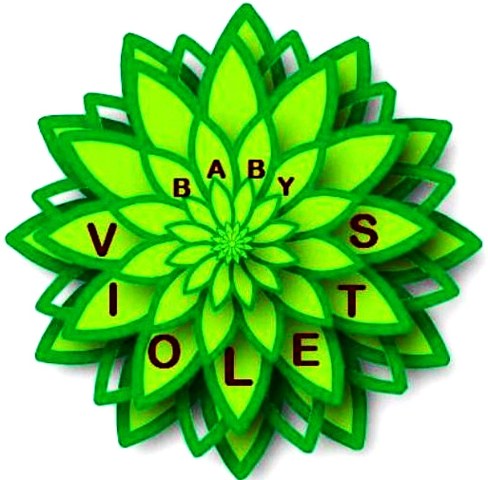
*Our Affiliate Programs: We are a participant in the Amazon Services LLC Associates Program, an affiliate advertising program designed to provide a means for us to earn fees by linking to Amazon.com and affiliated sites.
Though we do link to many items on Amazon out of convenience to our readers, we do also participate in other affiliate programs that also pay us a commission for any purchases you might make through our links (at no additional cost to you!).
Like this article?
Share on Facebook
Share on Twitter
Share on Linkdin
Share on Pinterest

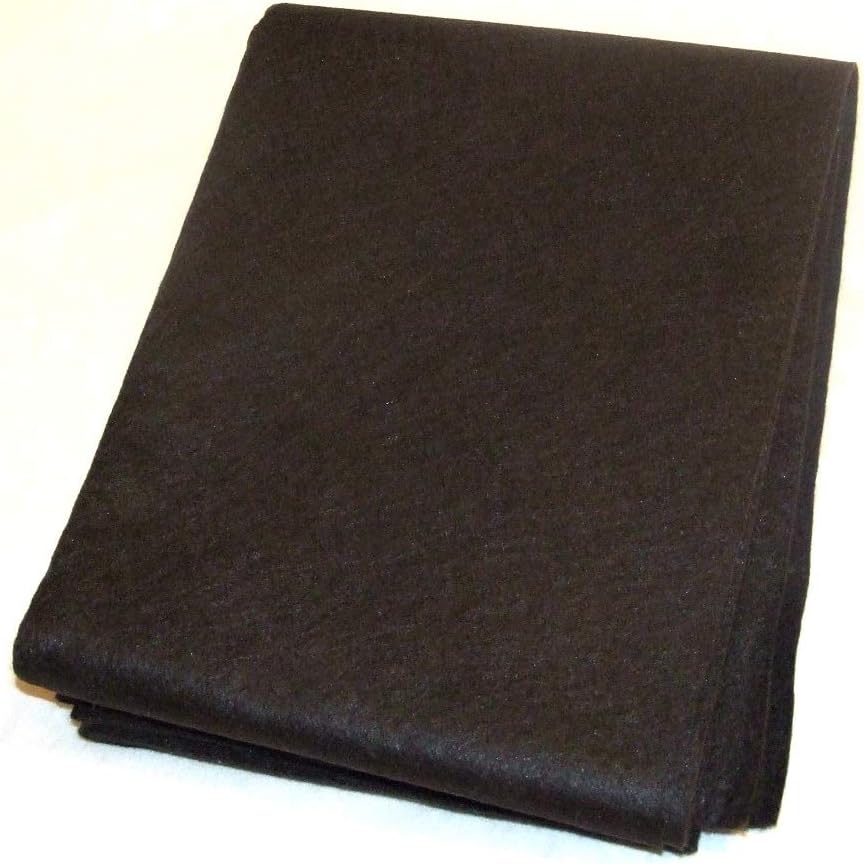
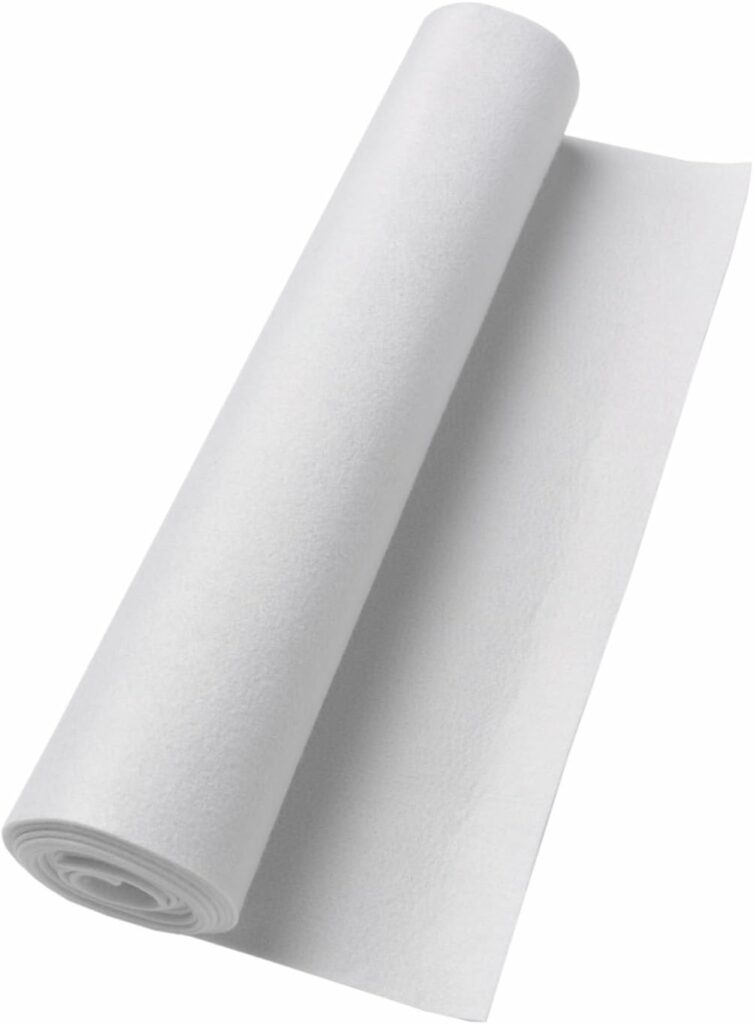
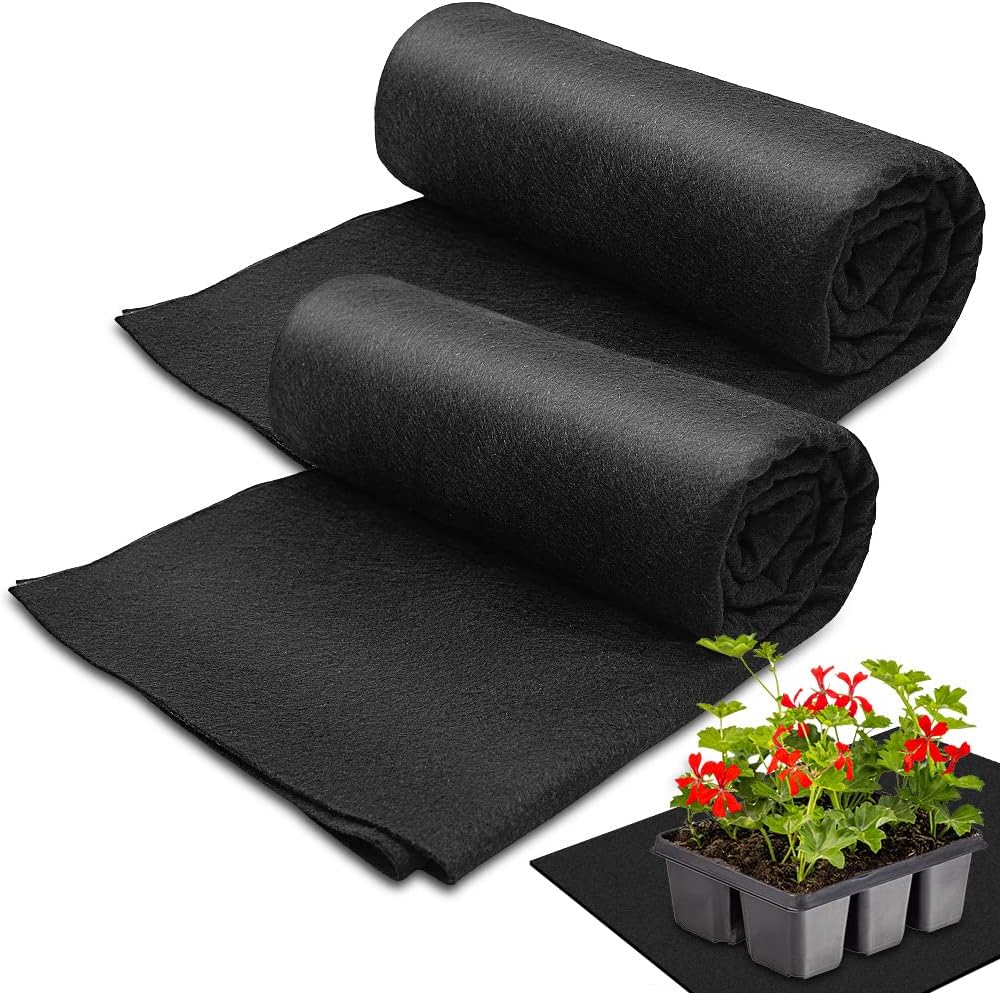
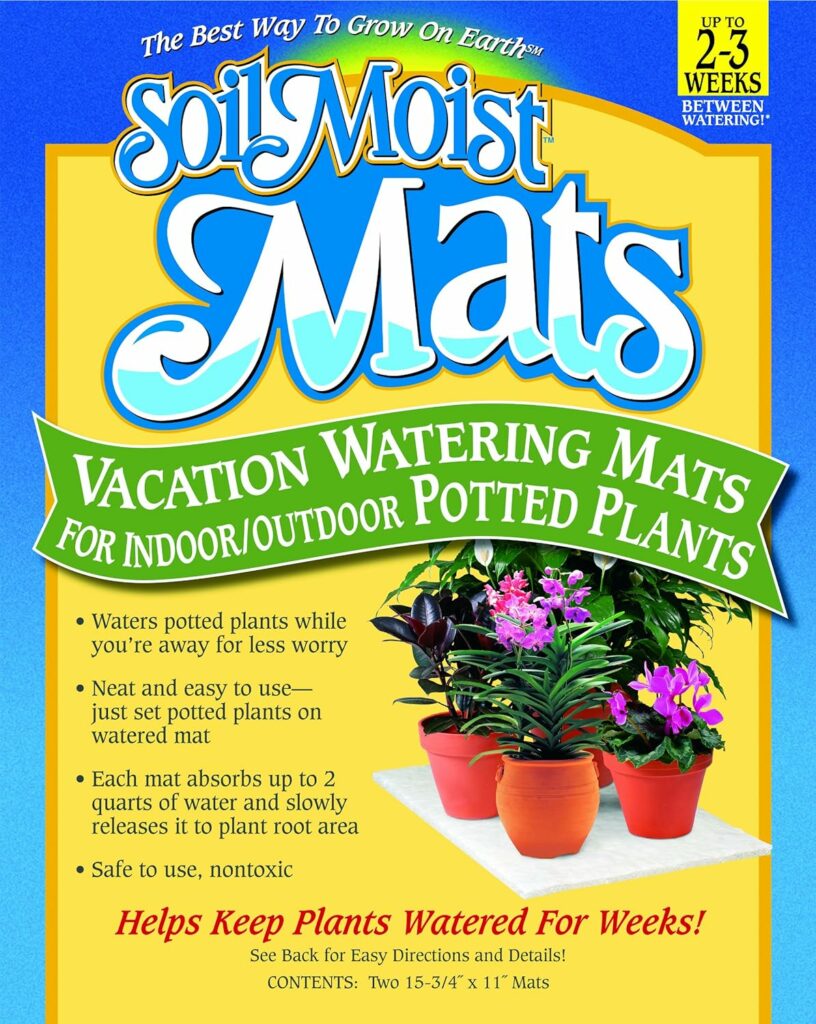

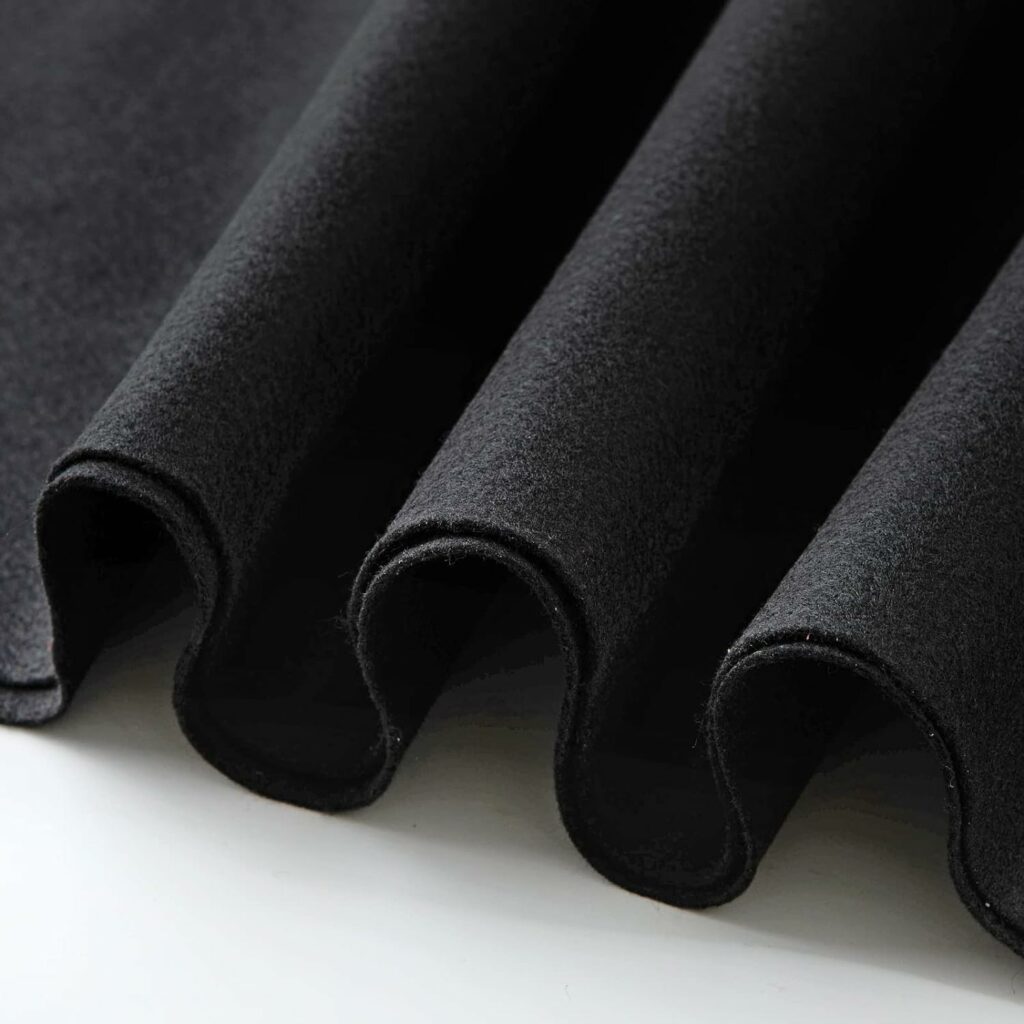
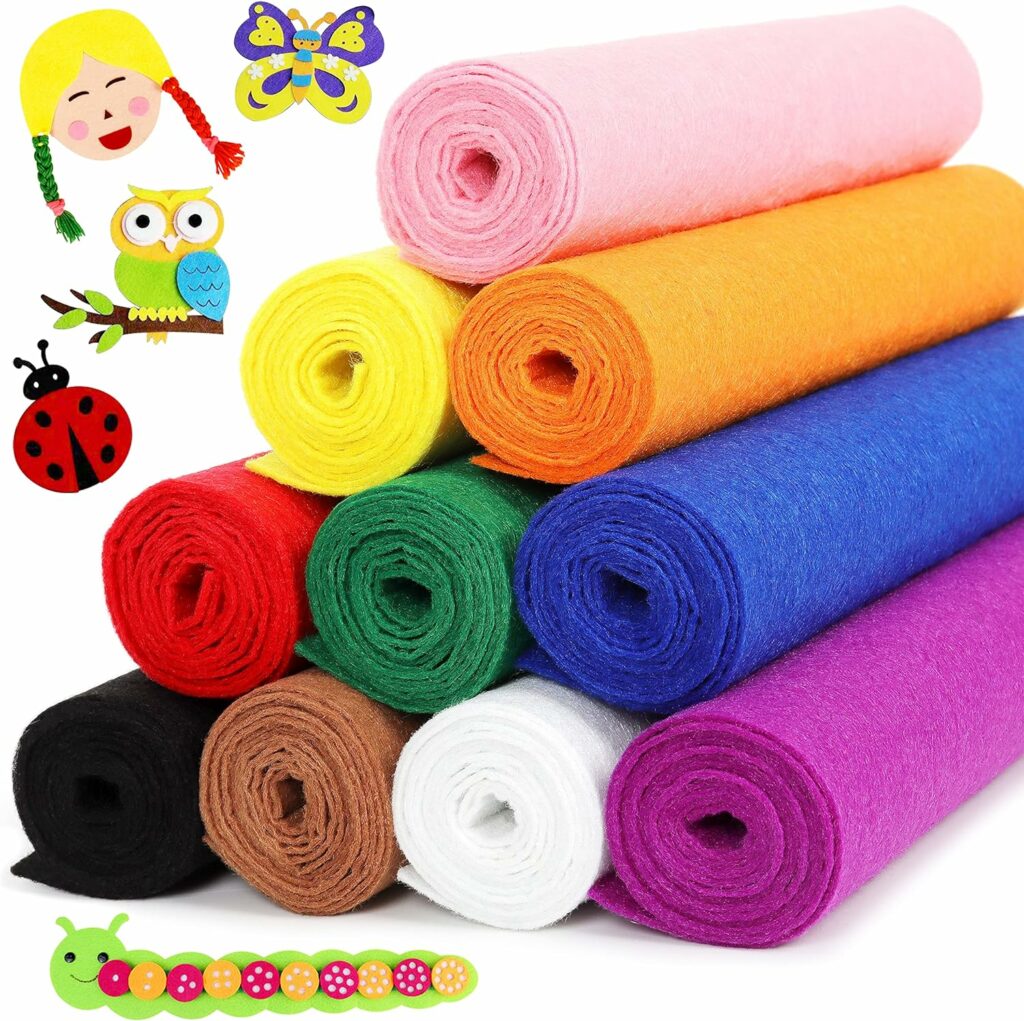
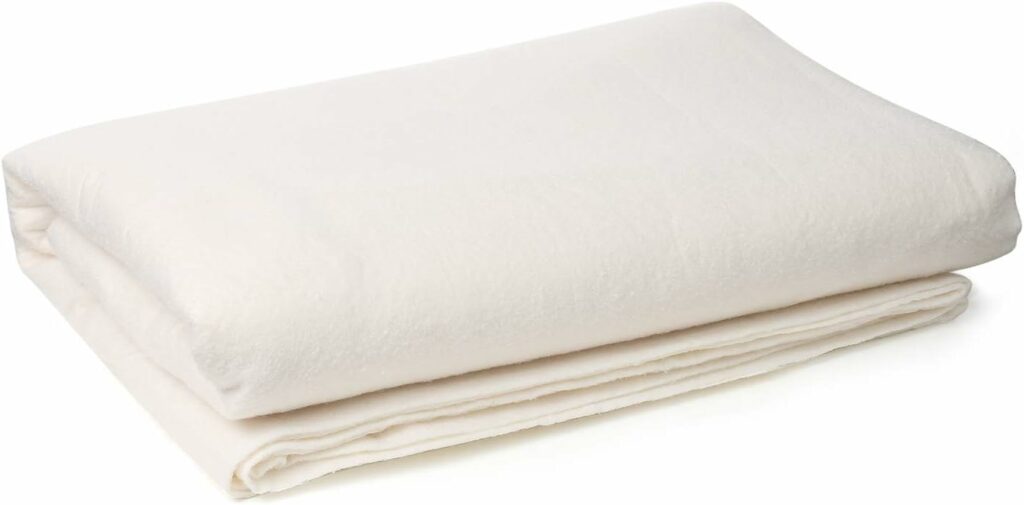
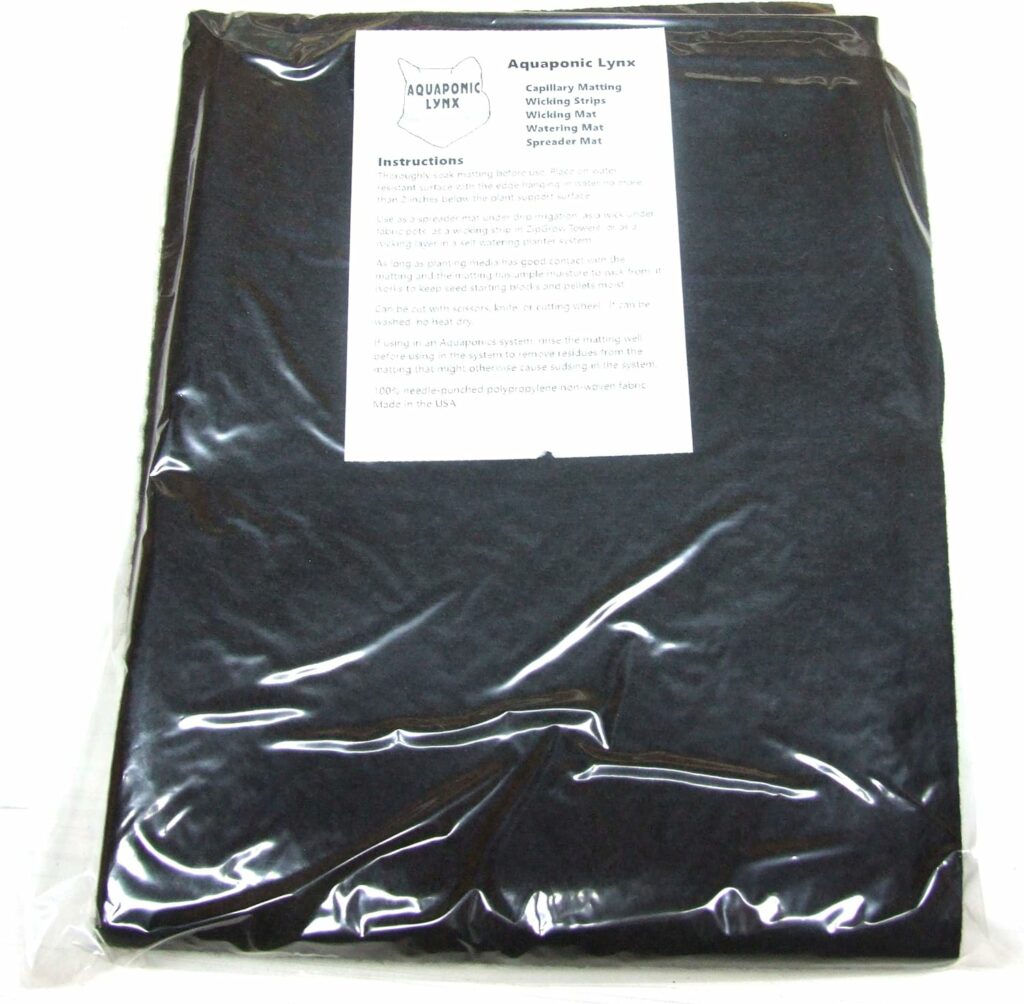
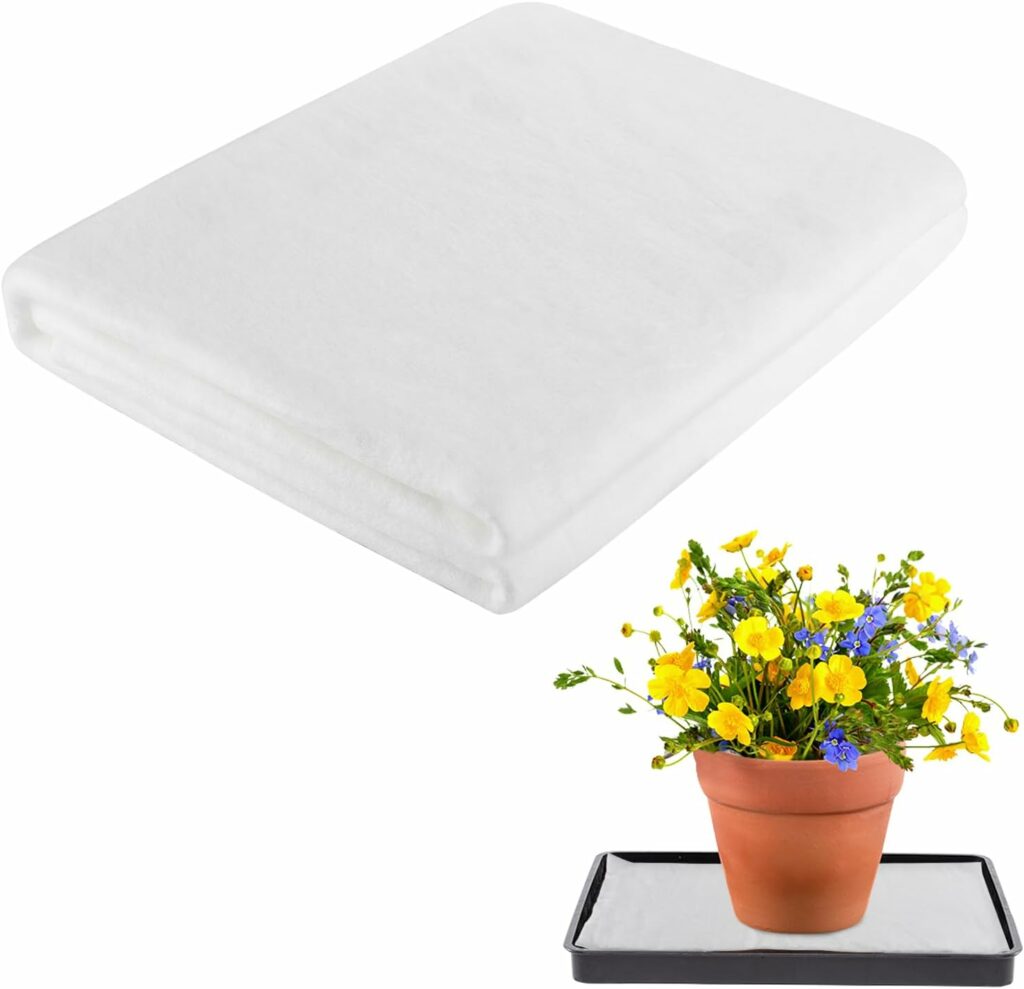
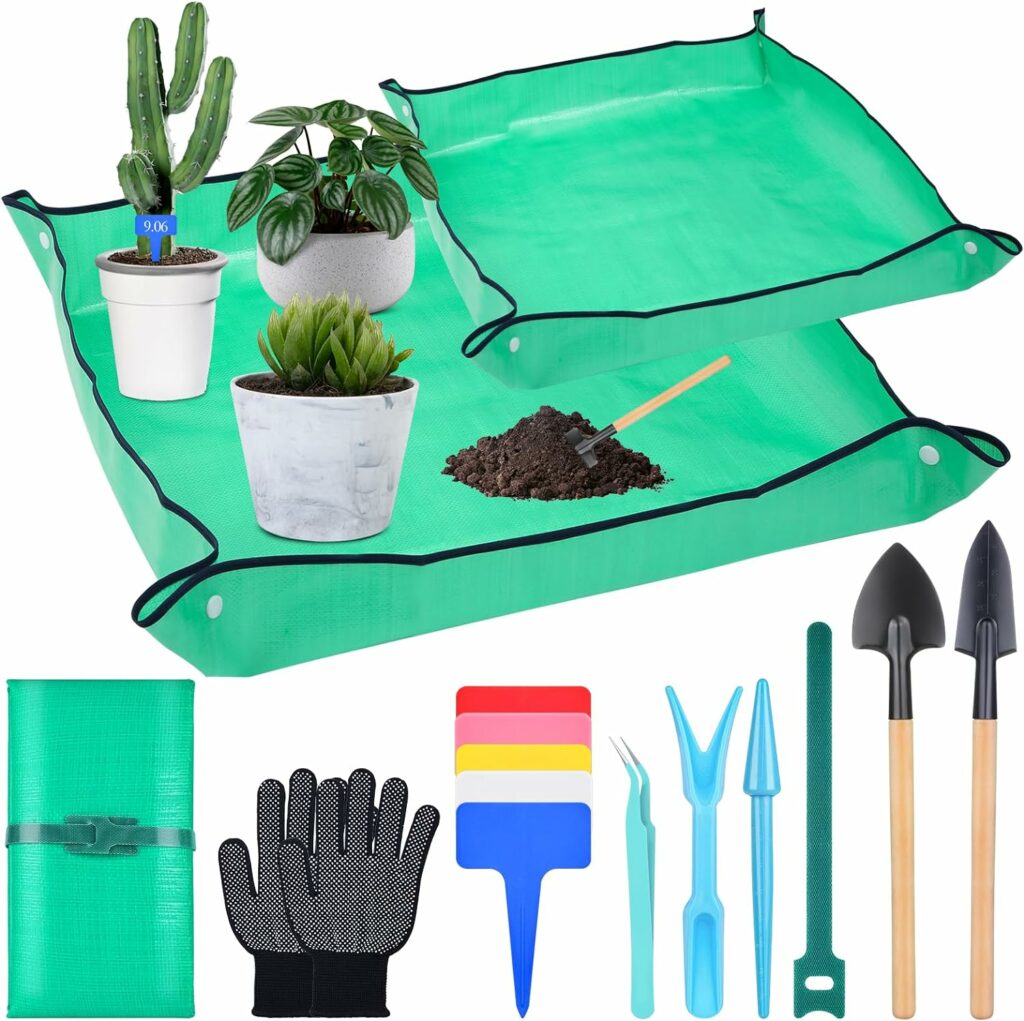
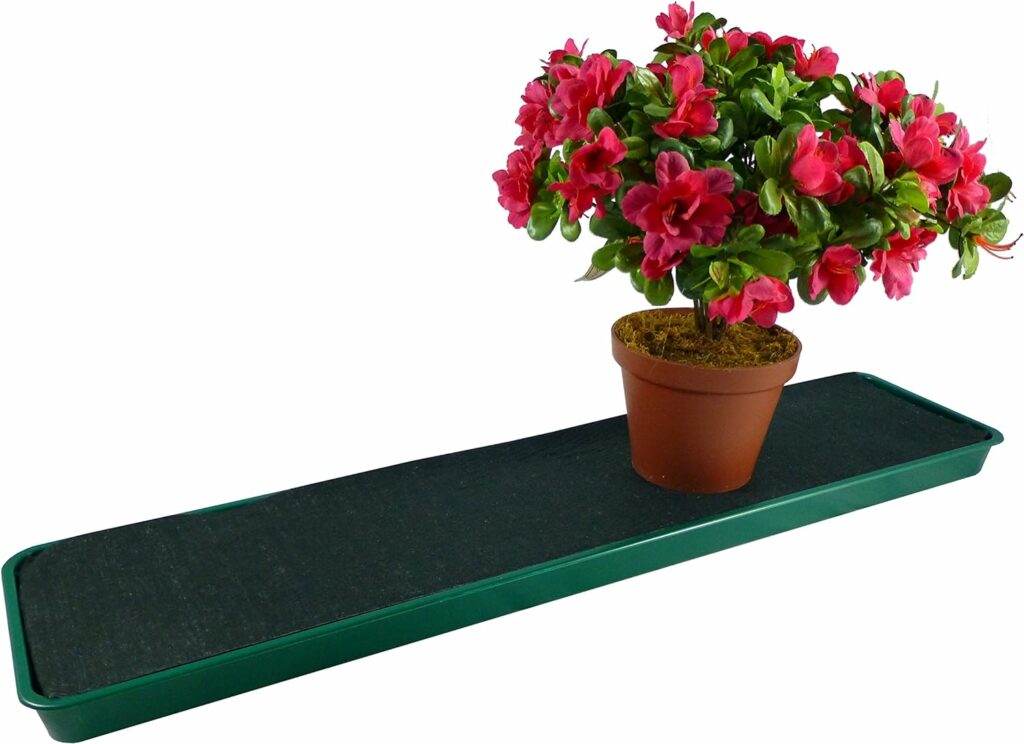
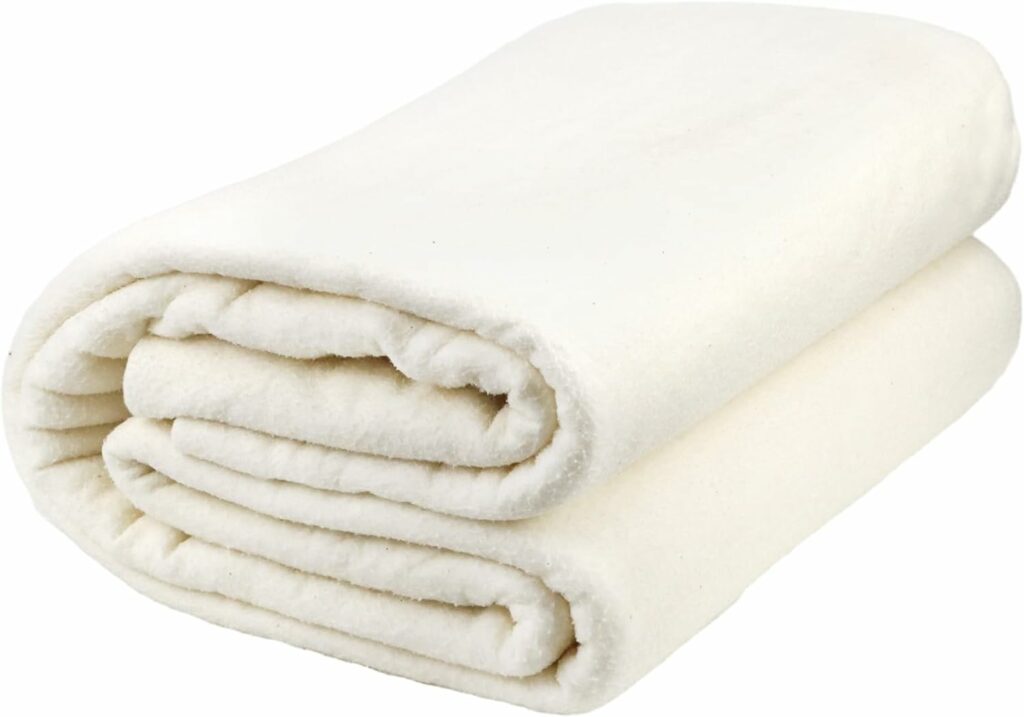
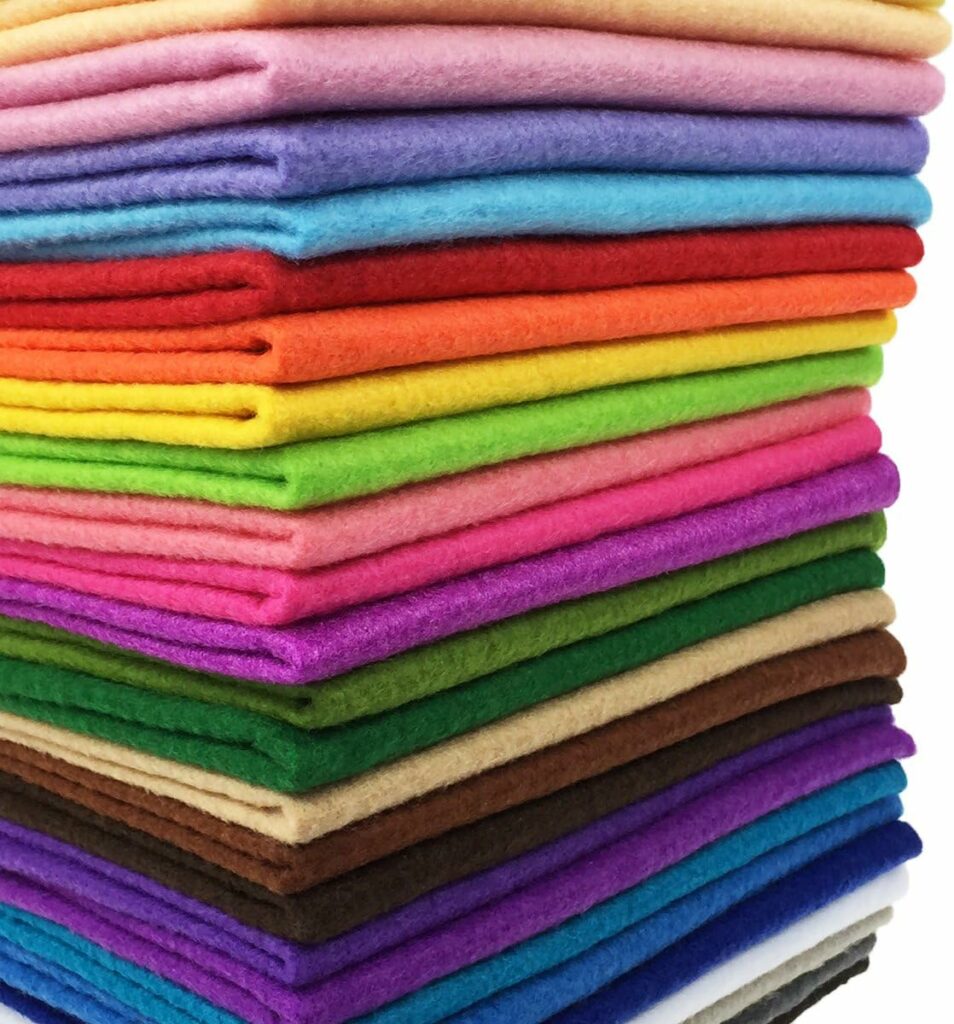
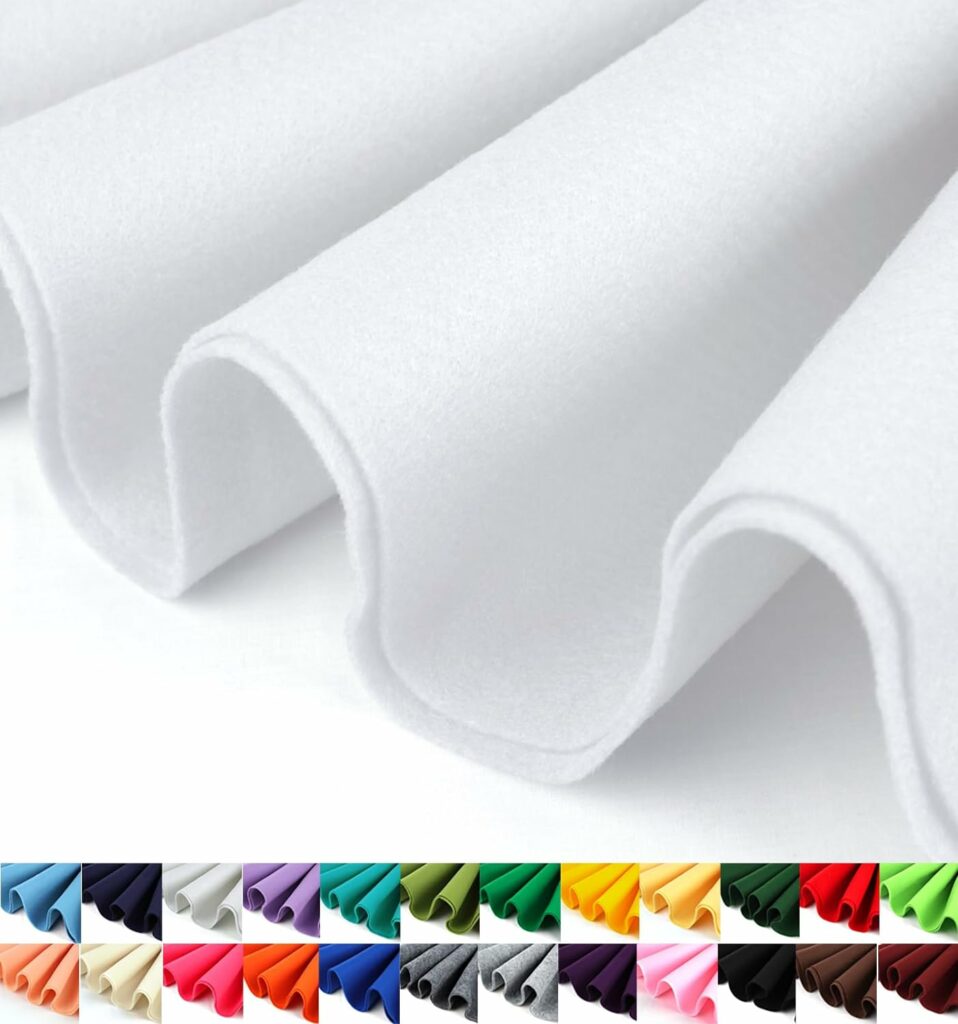
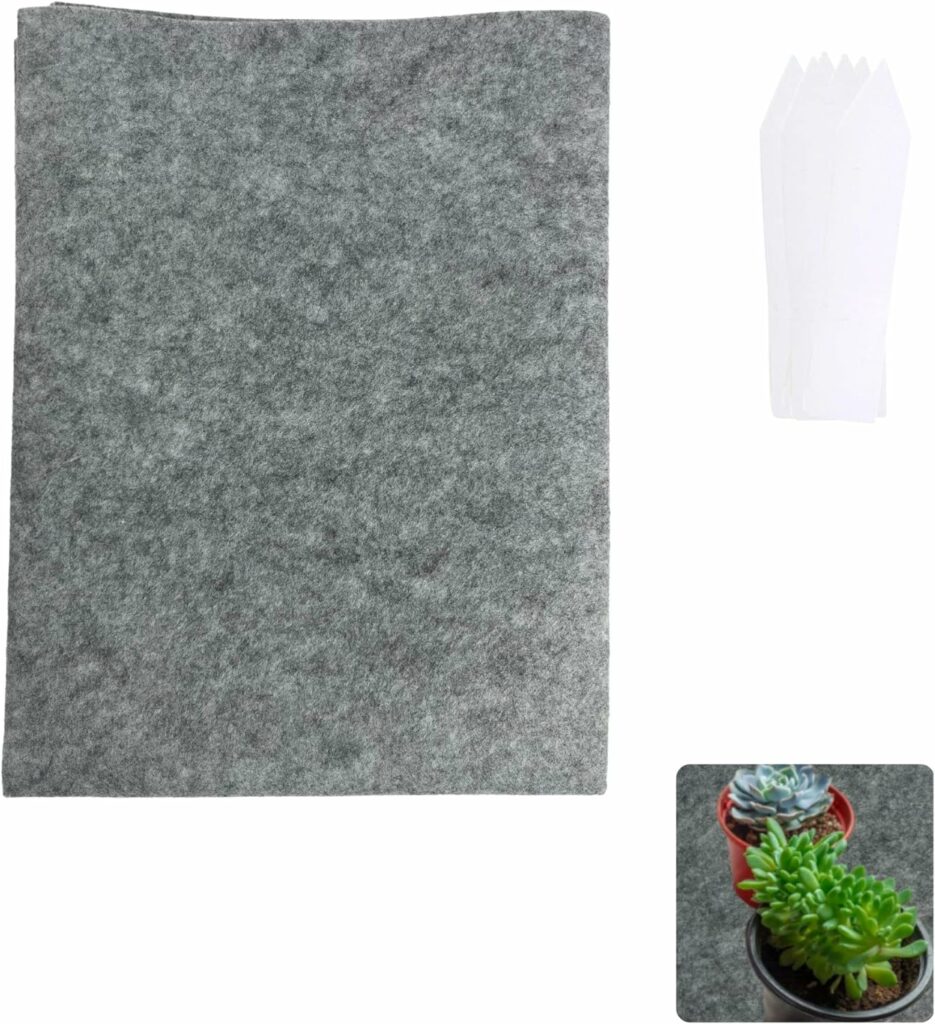
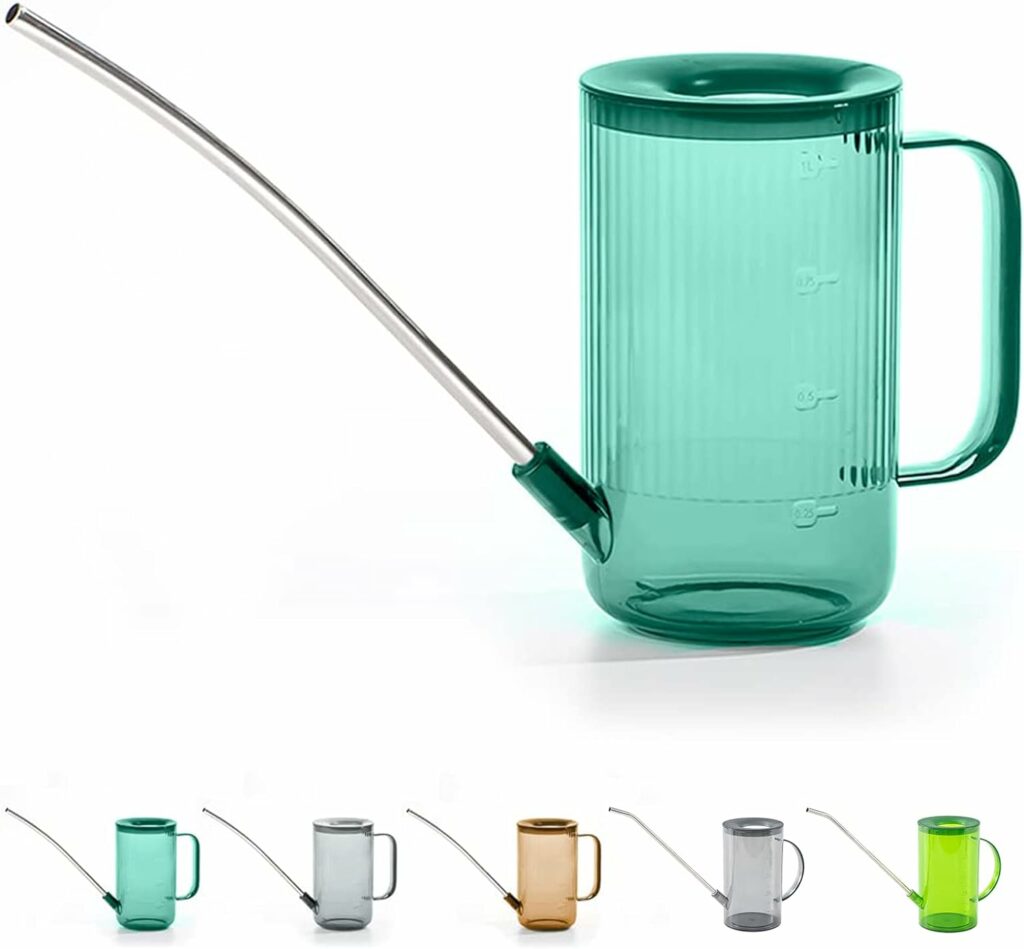
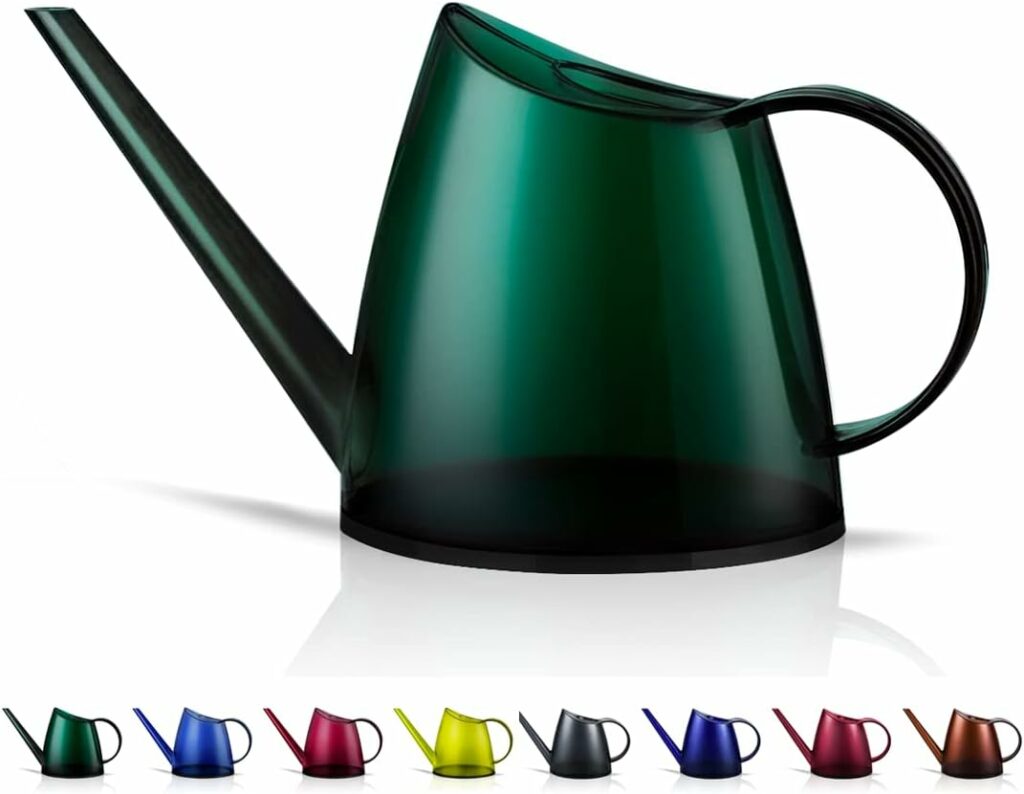
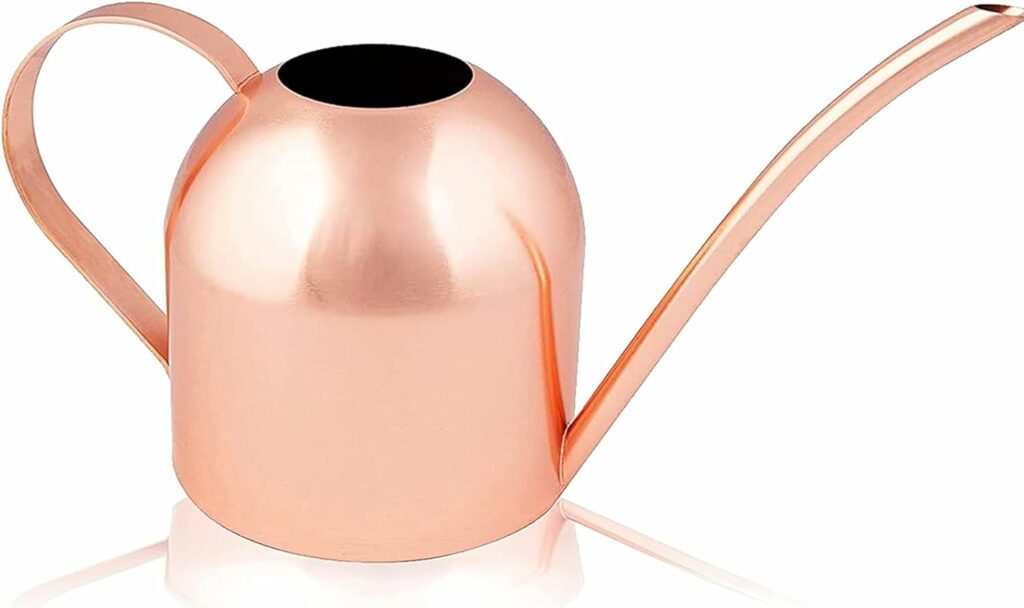
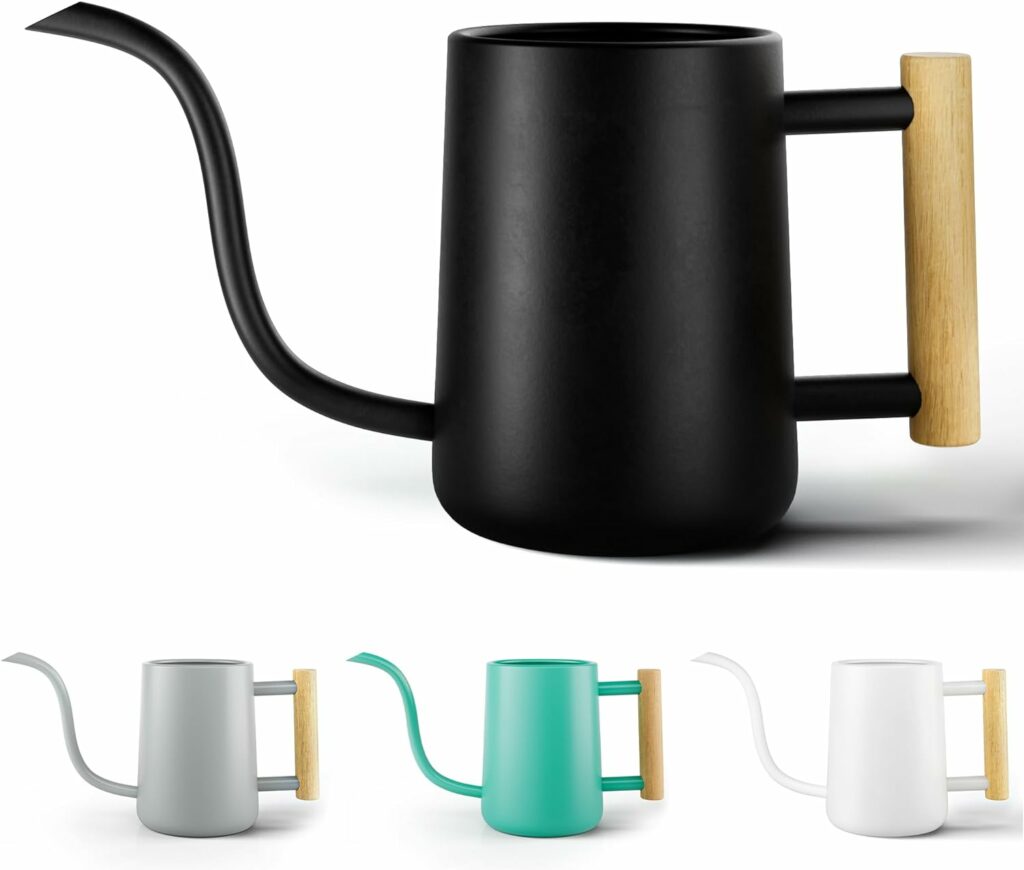

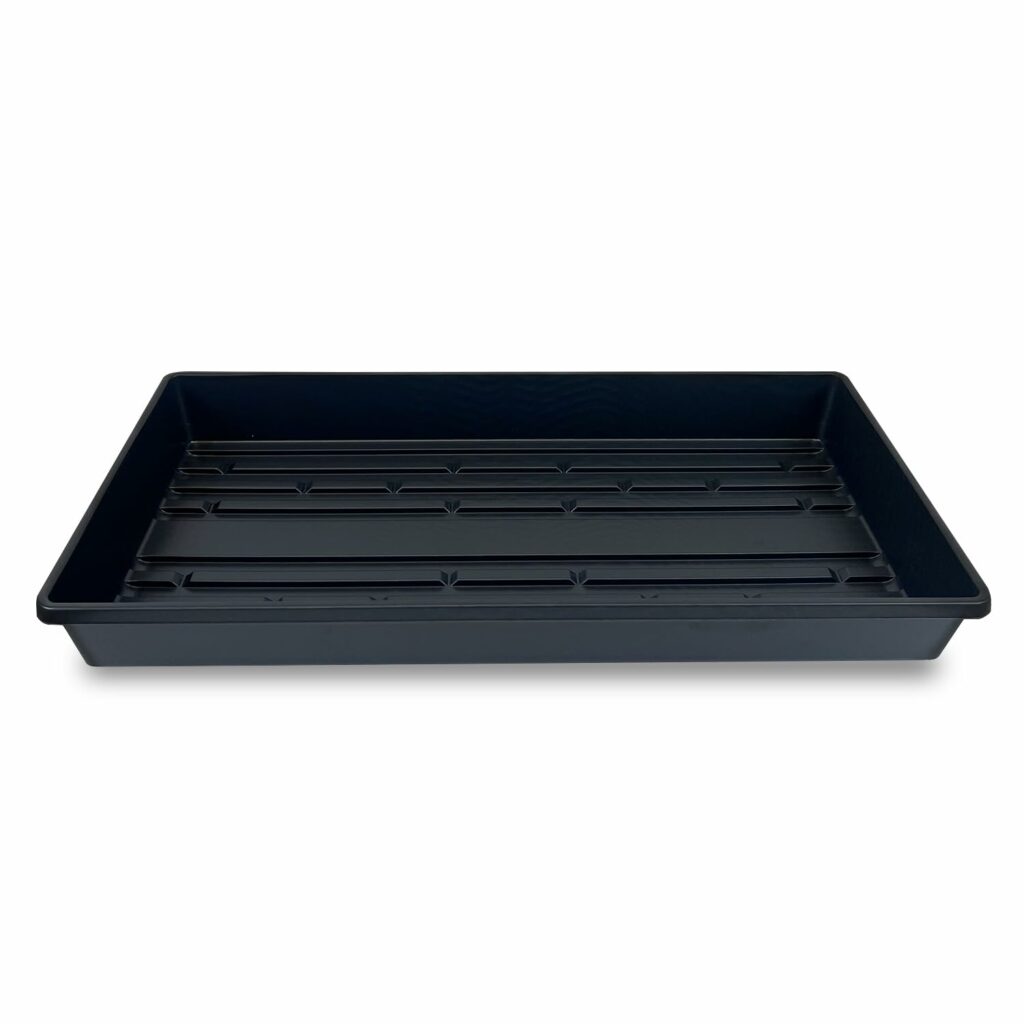
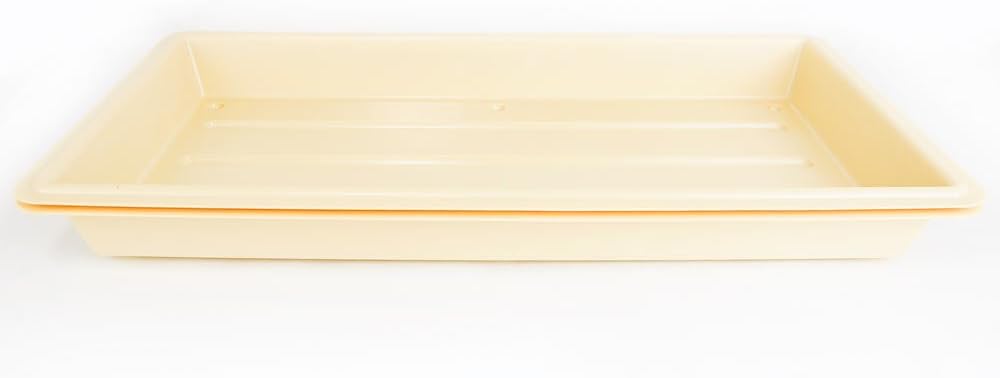
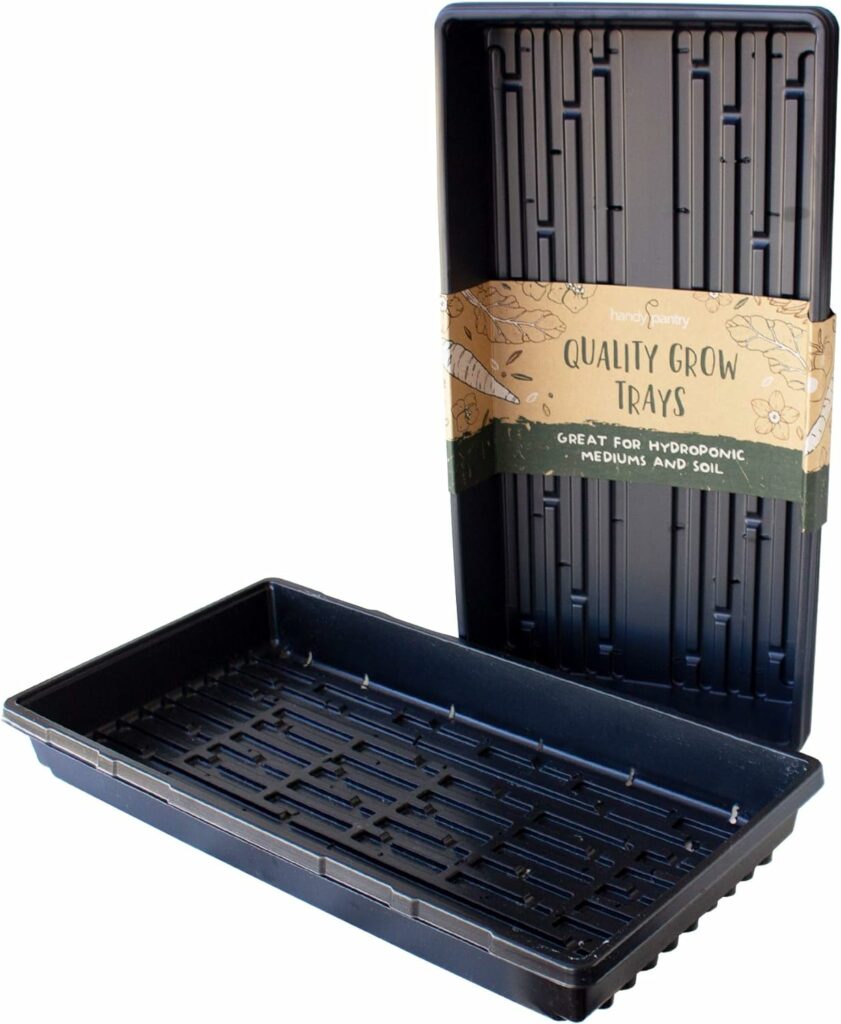
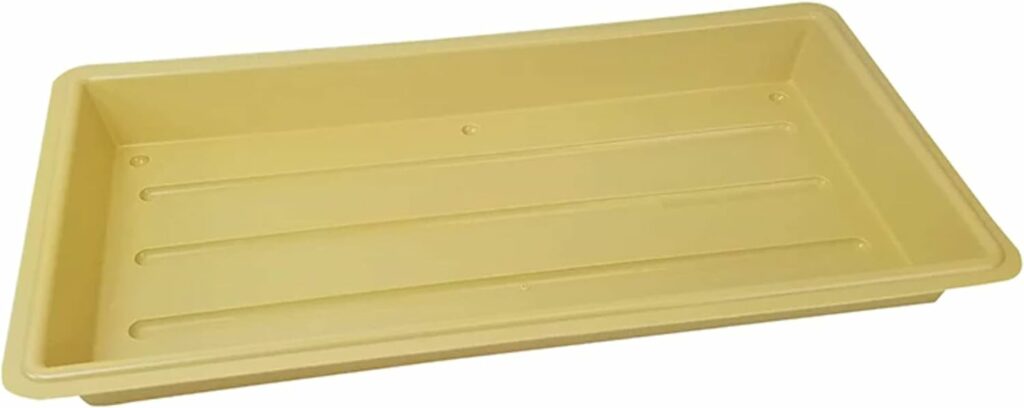
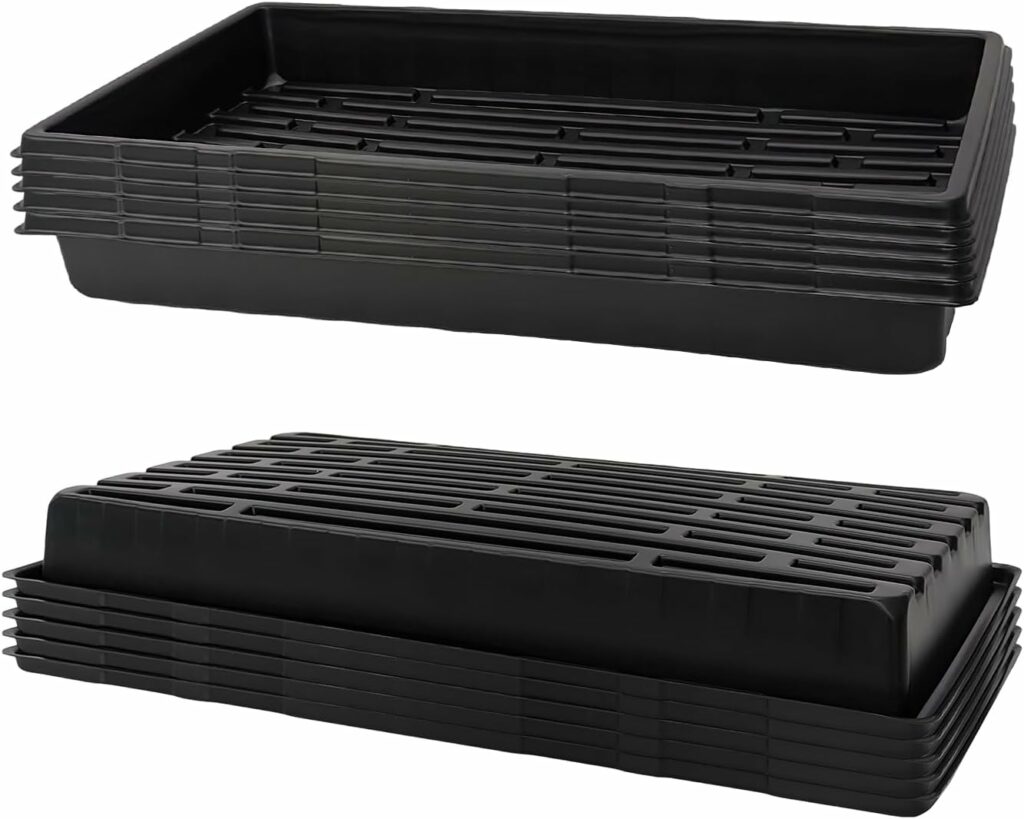
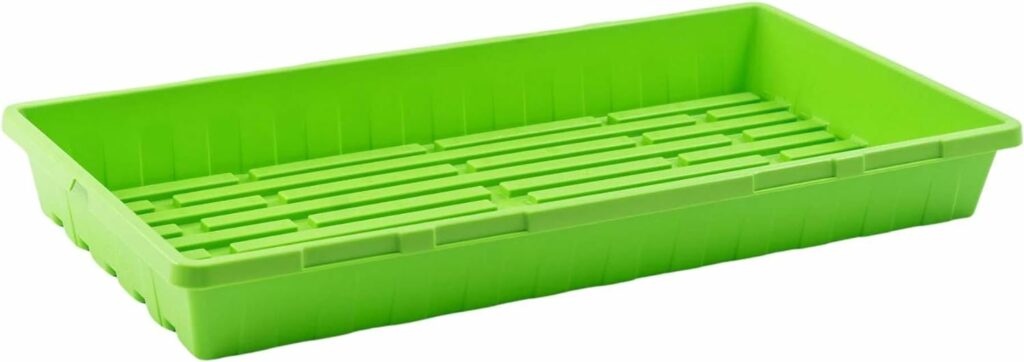

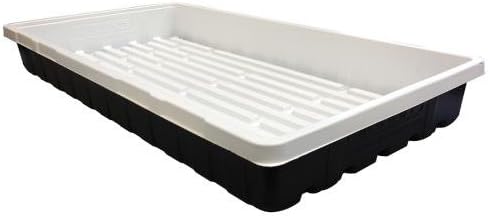

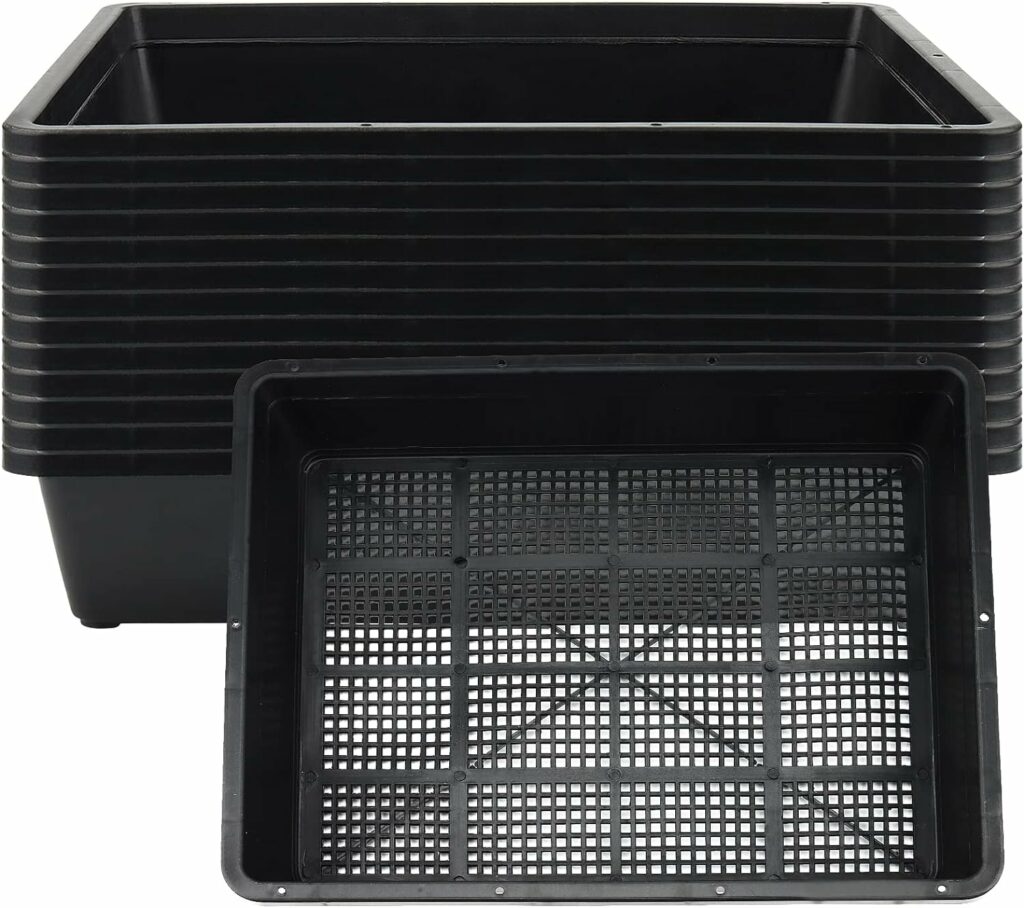
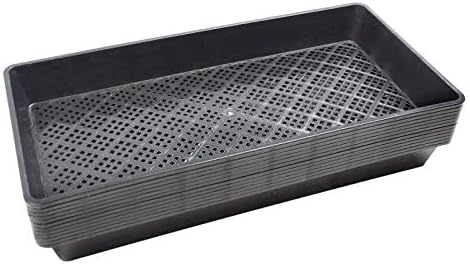
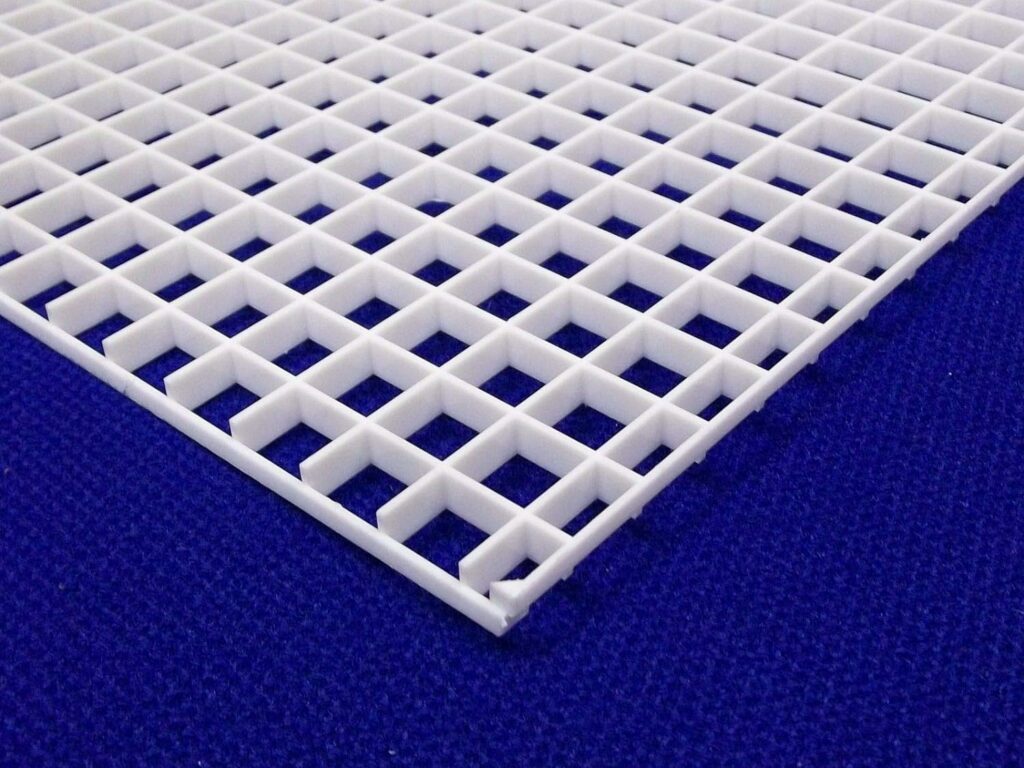

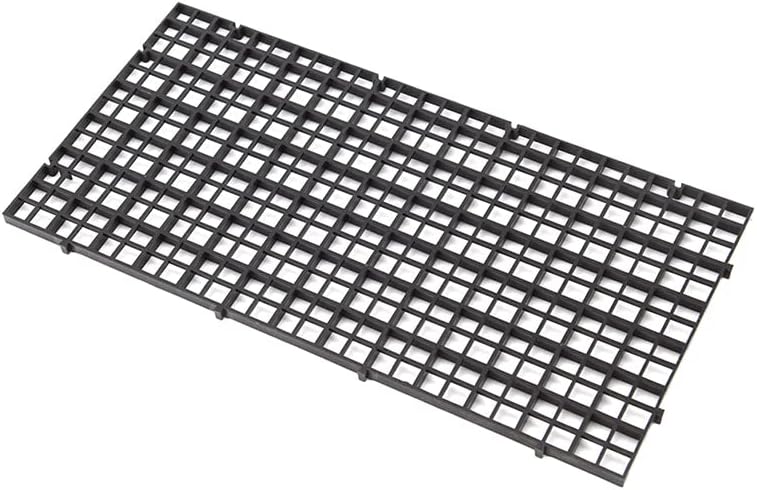
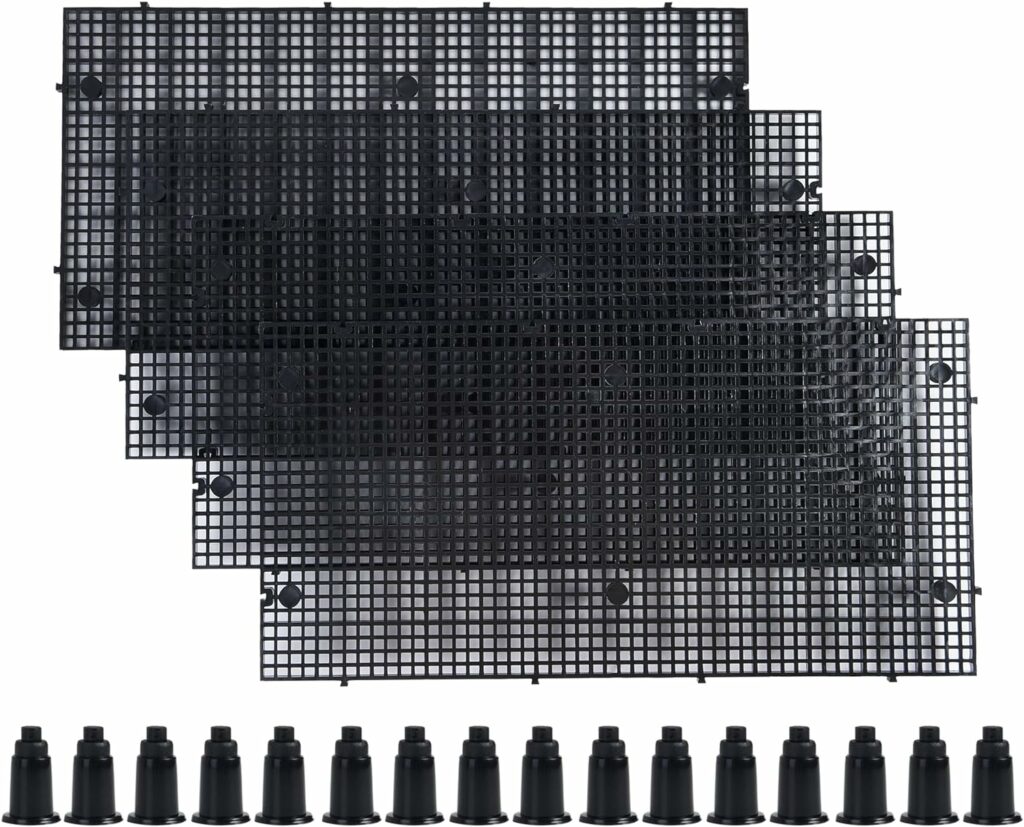
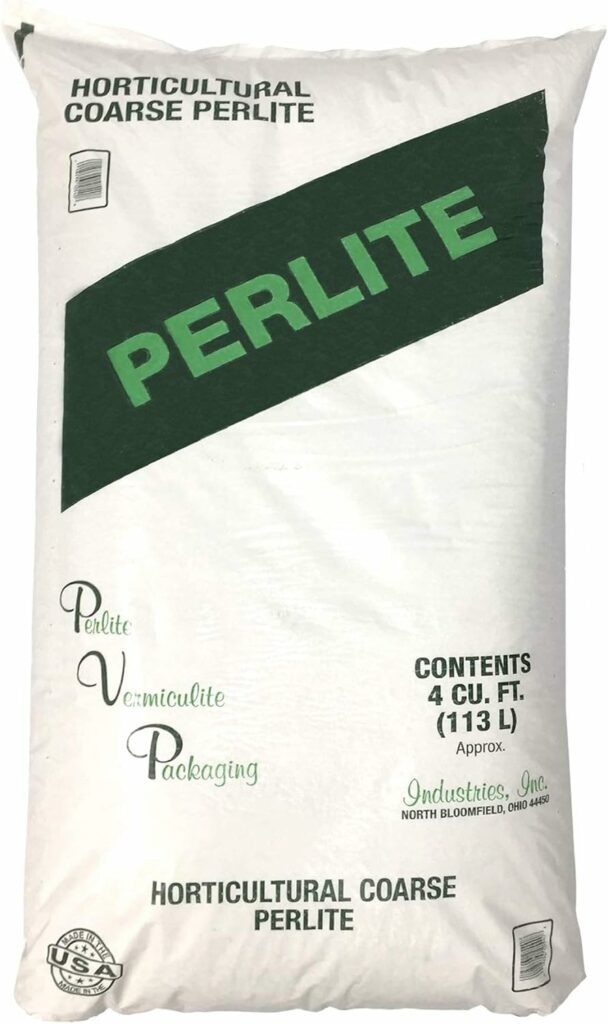
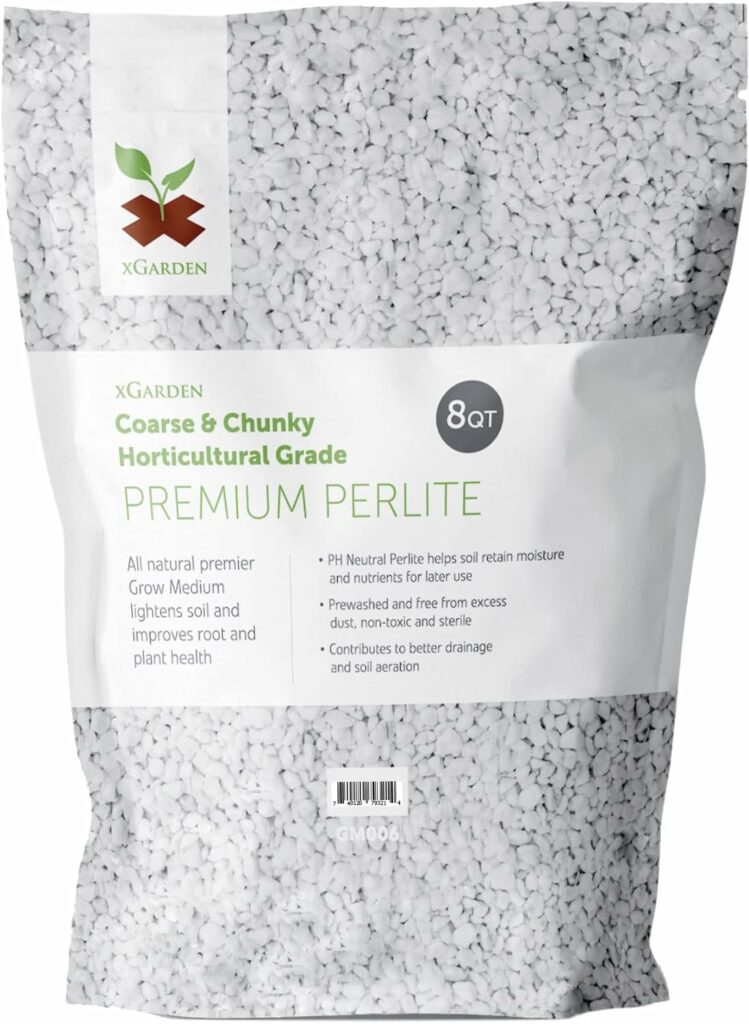
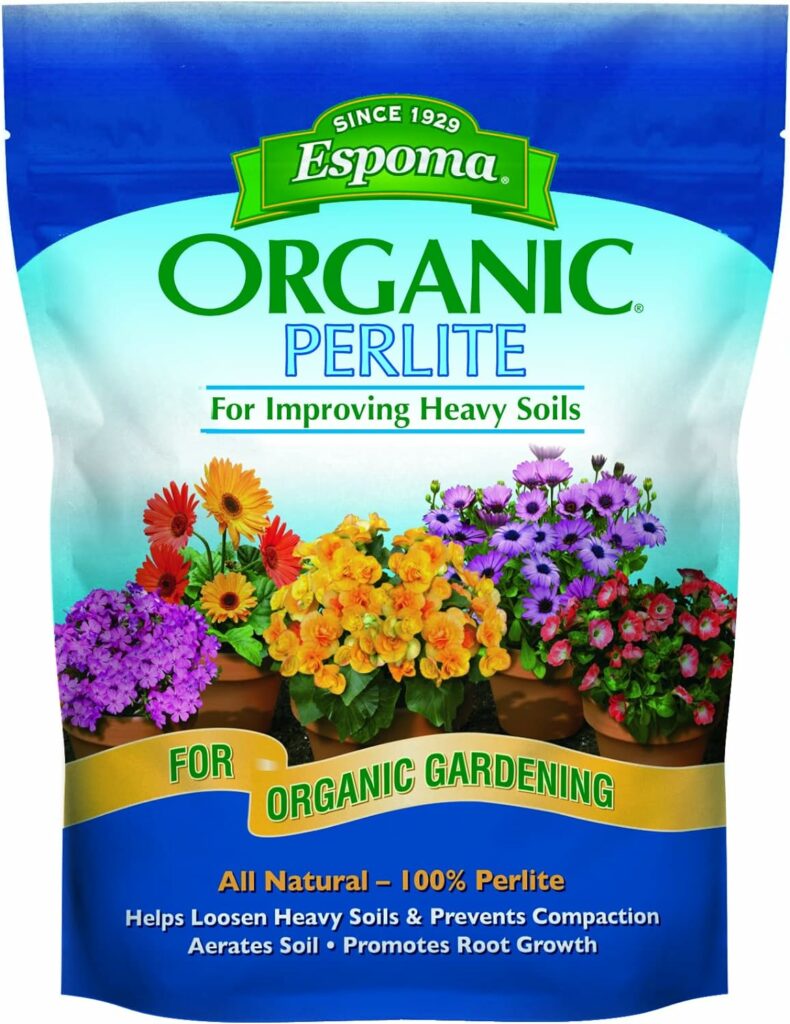
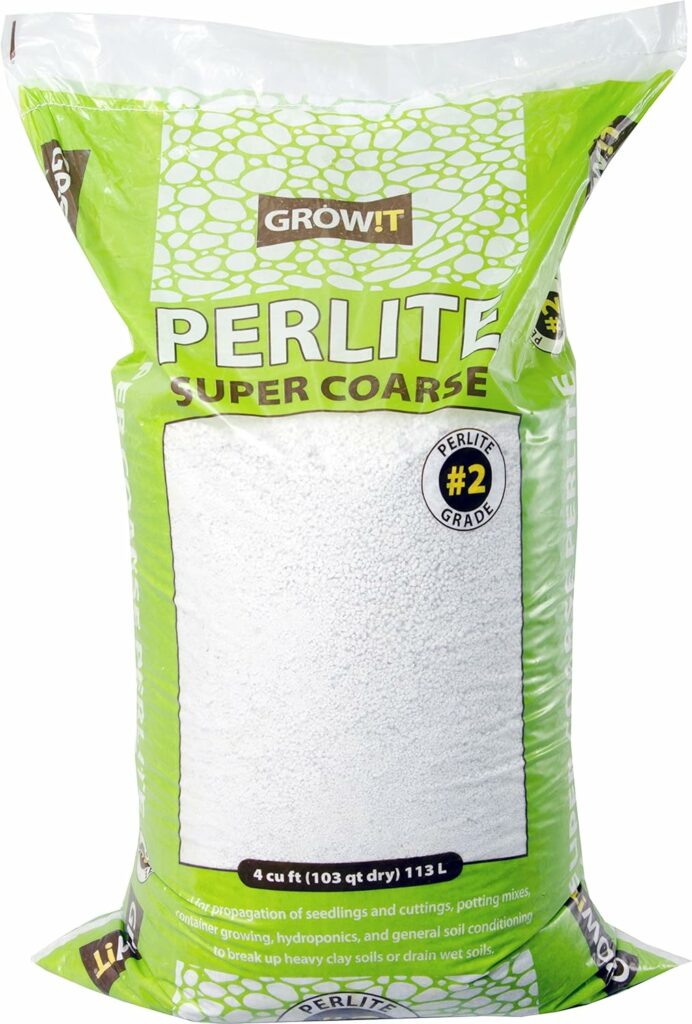
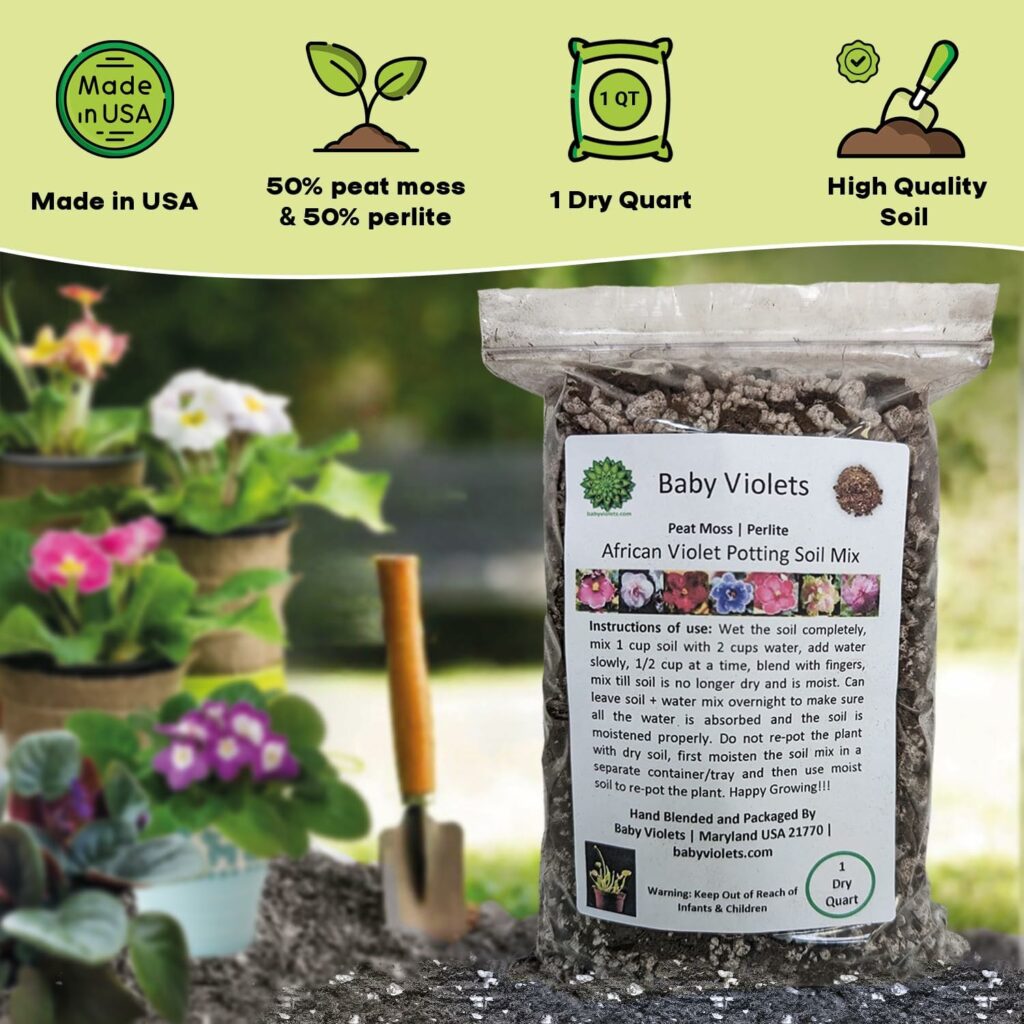
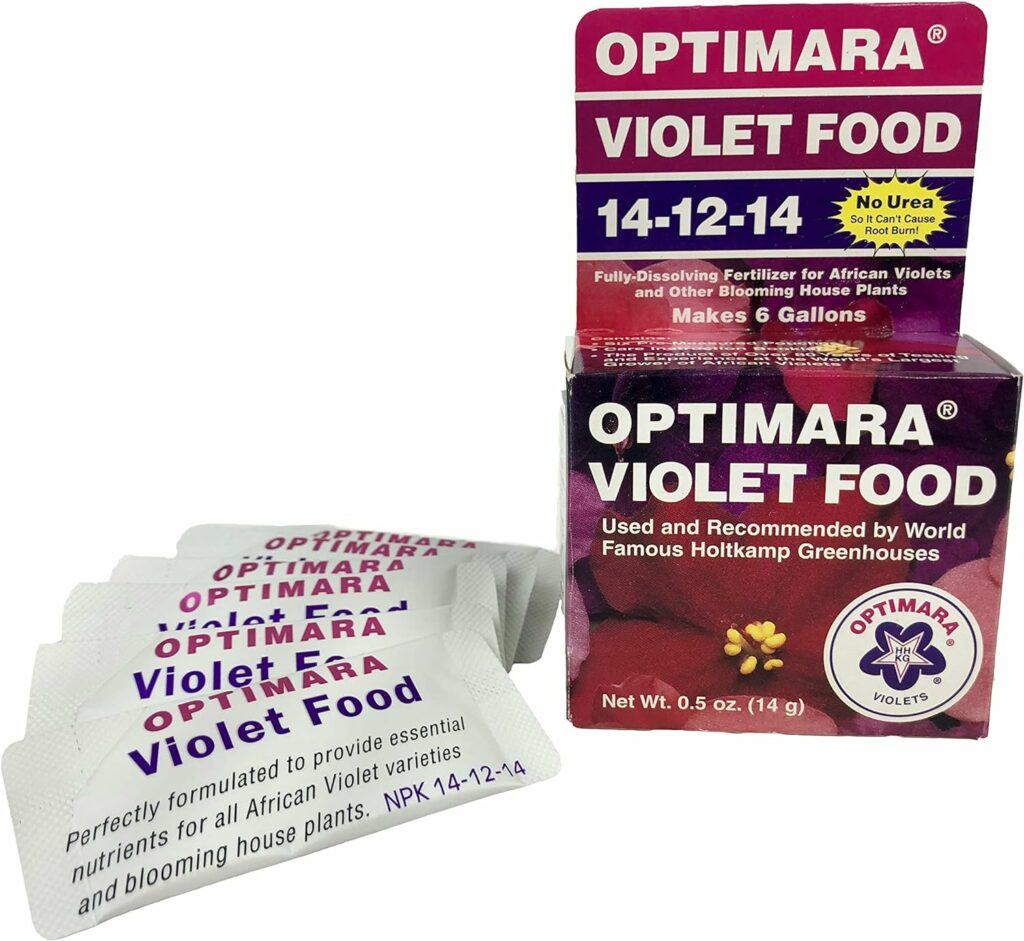
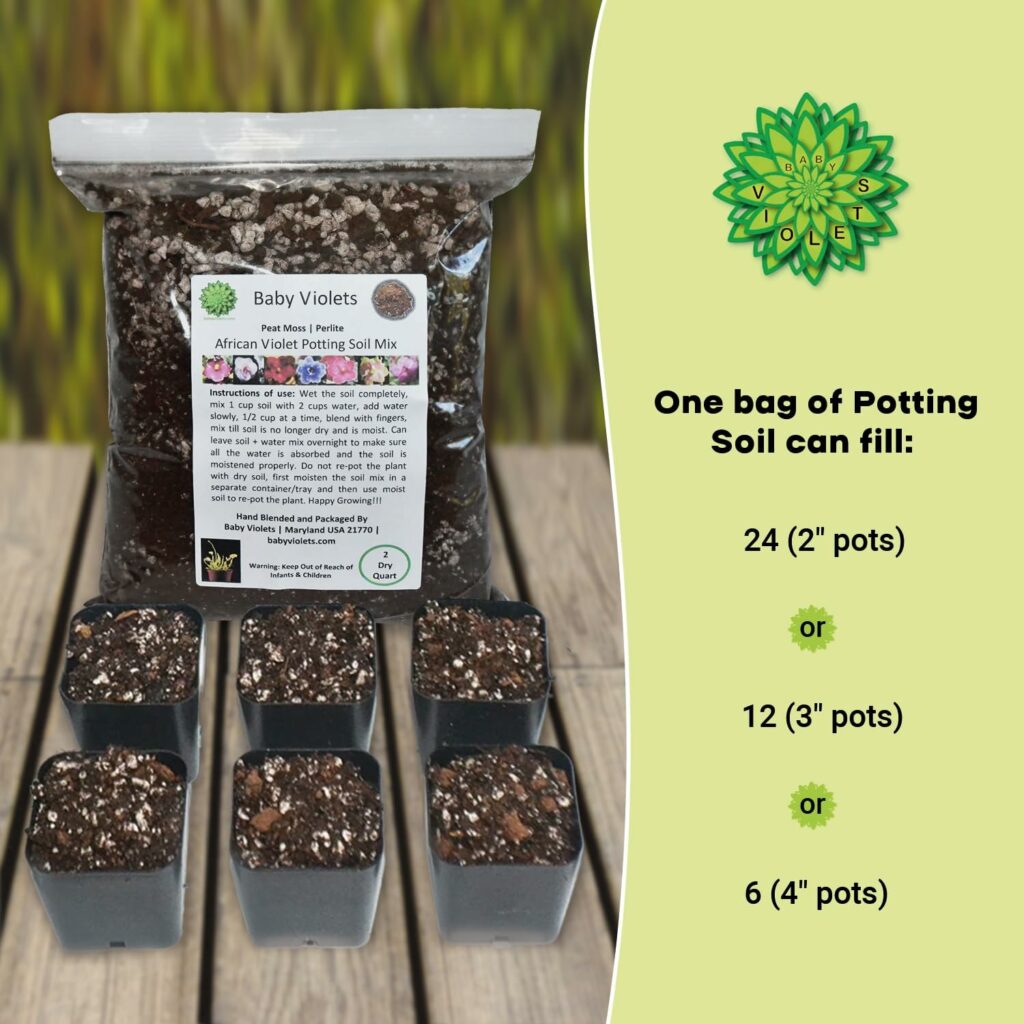

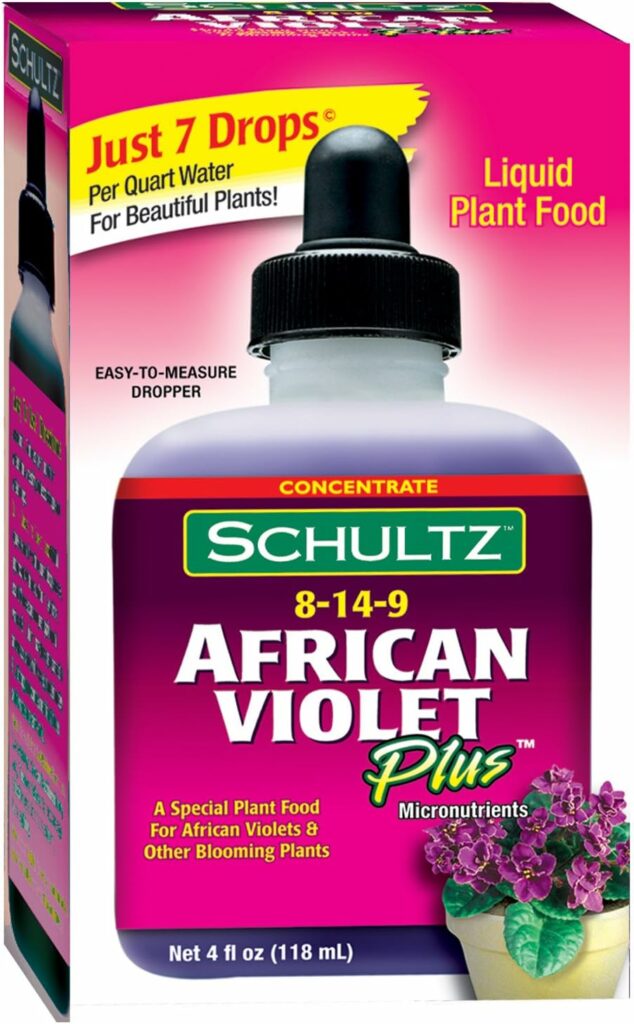
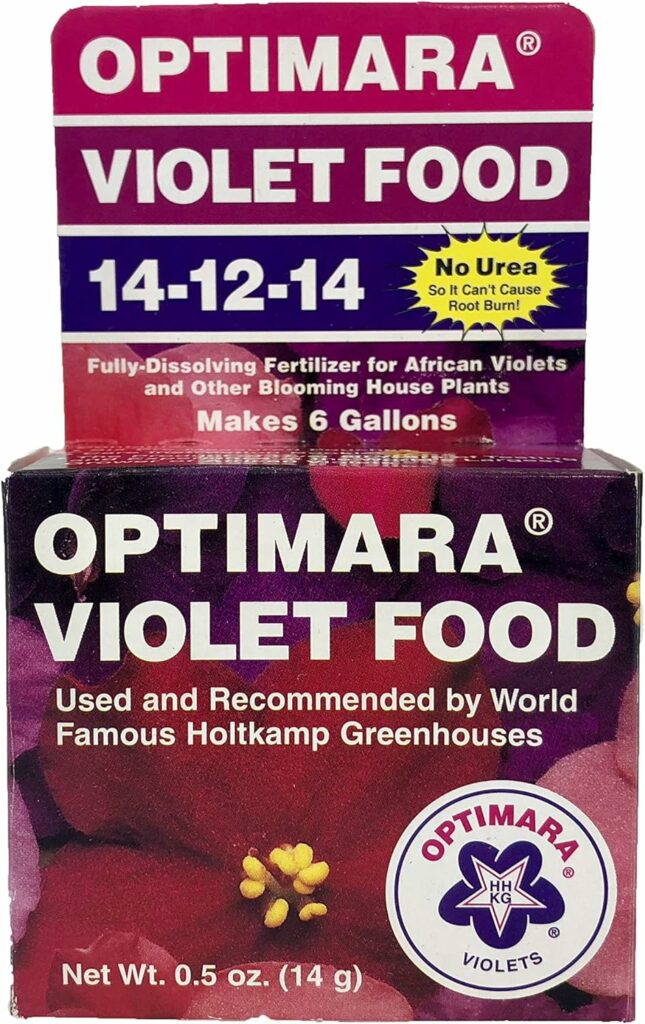
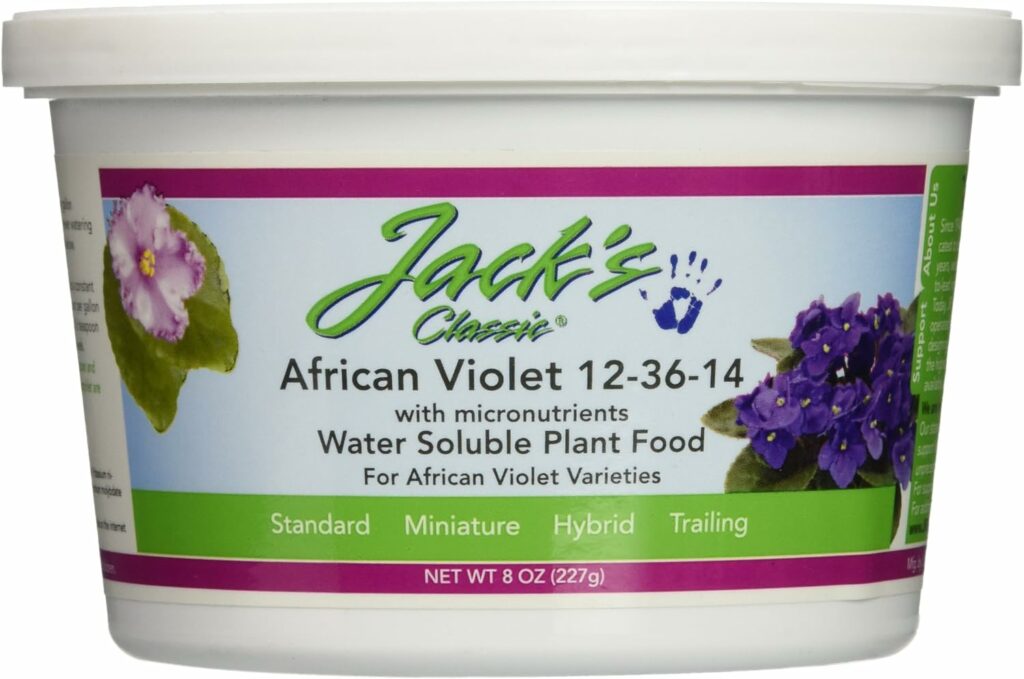
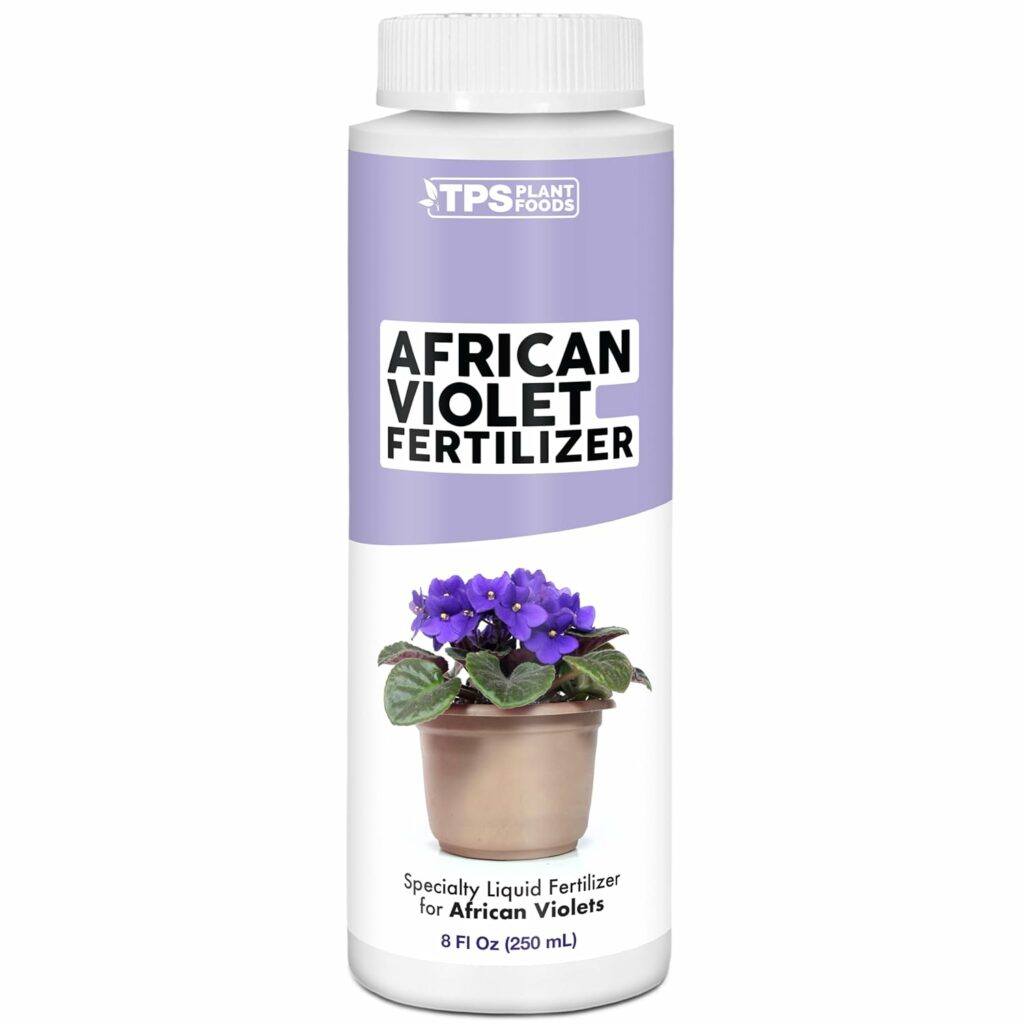
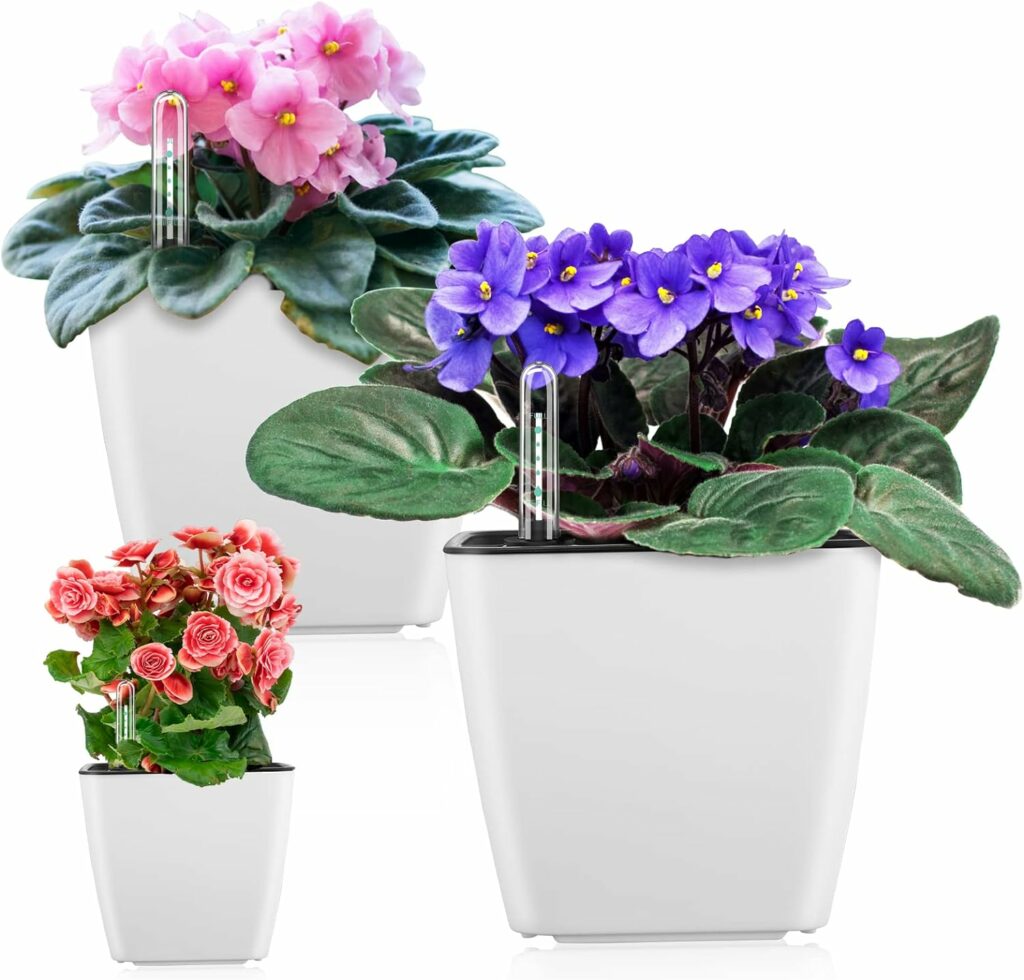
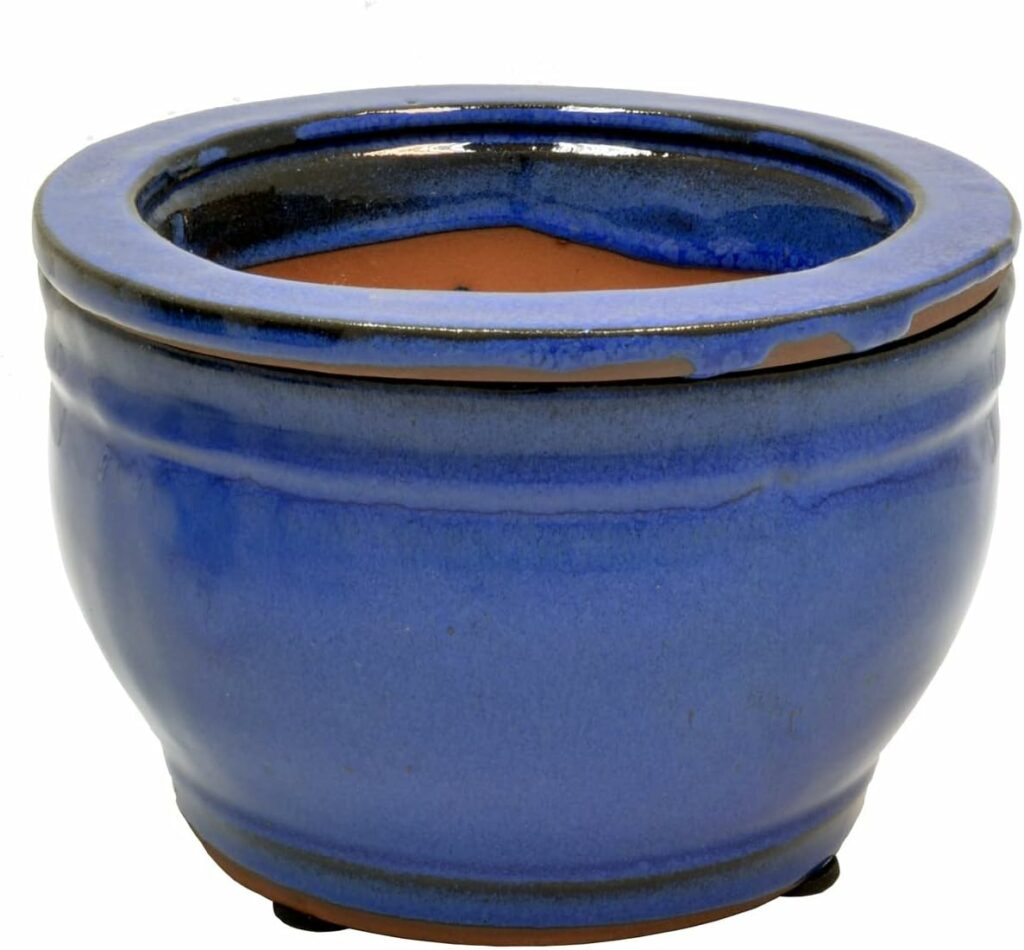
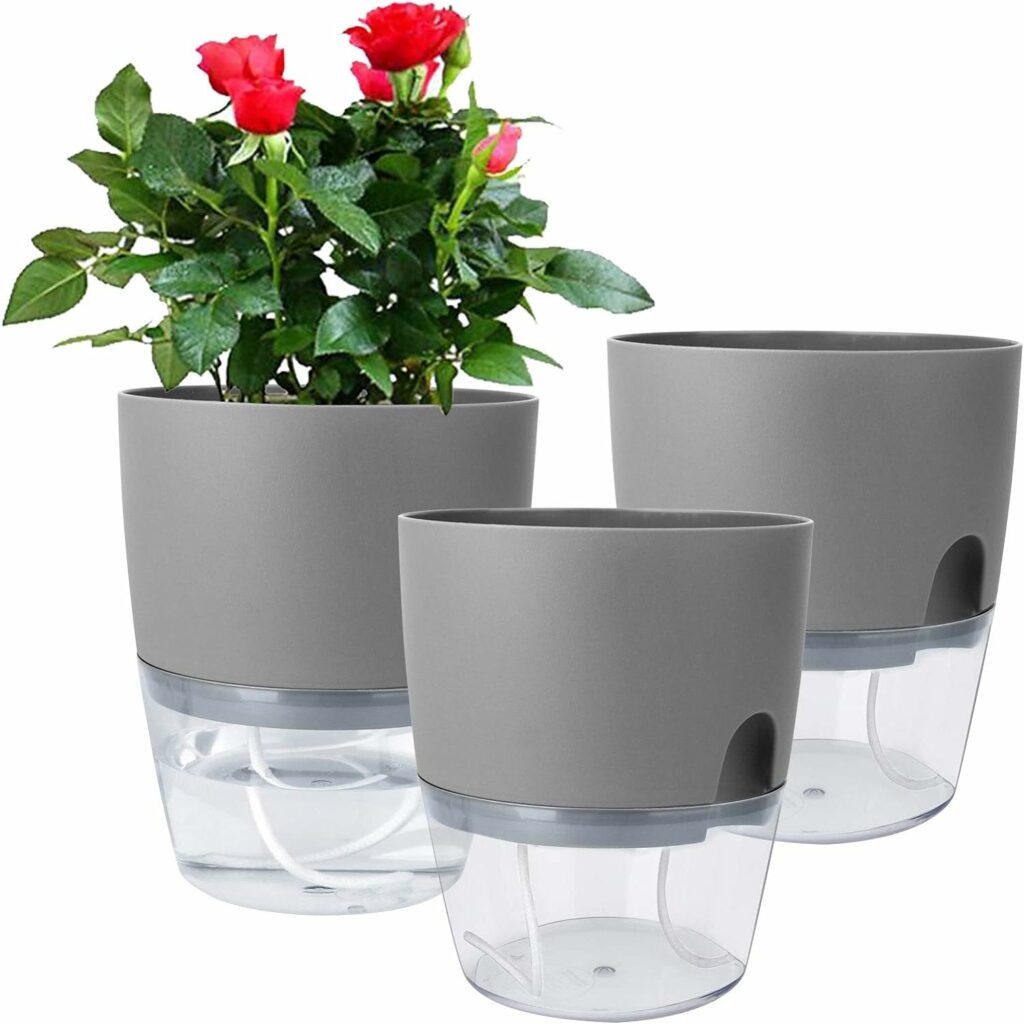
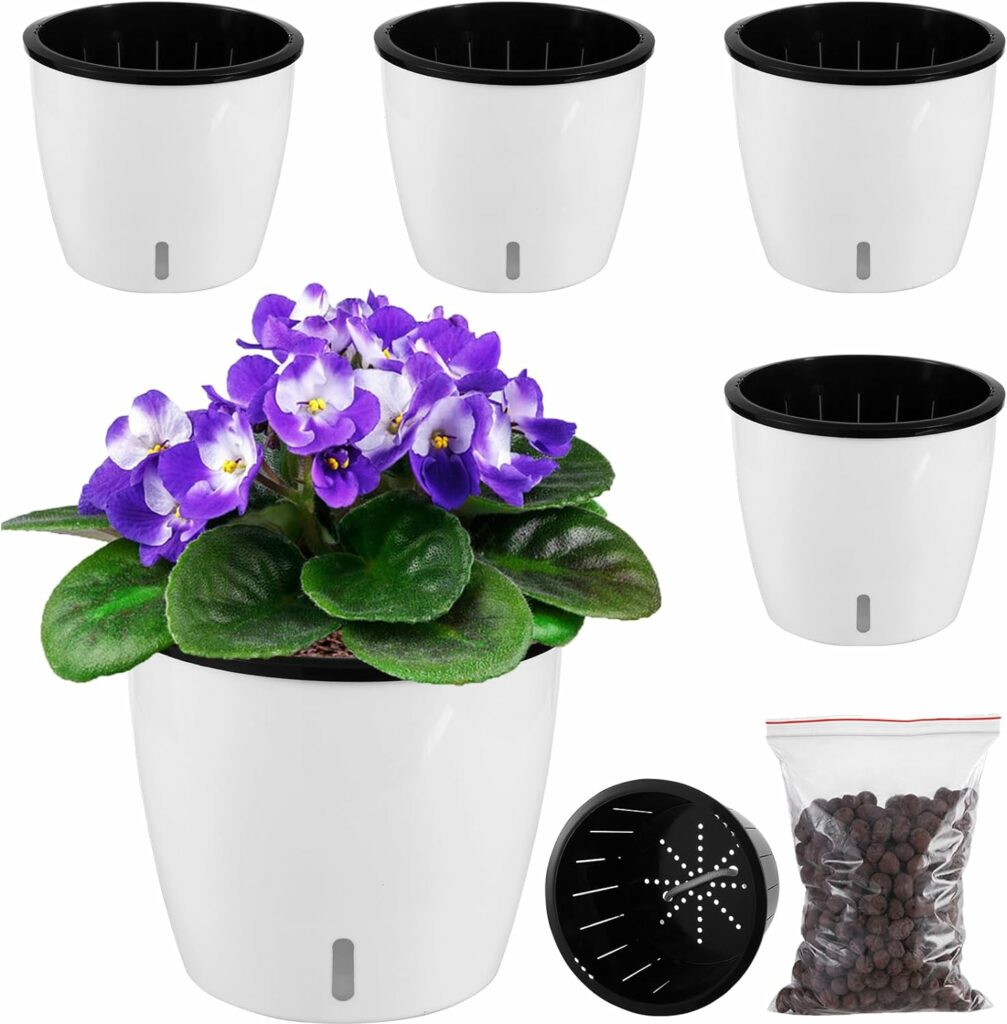
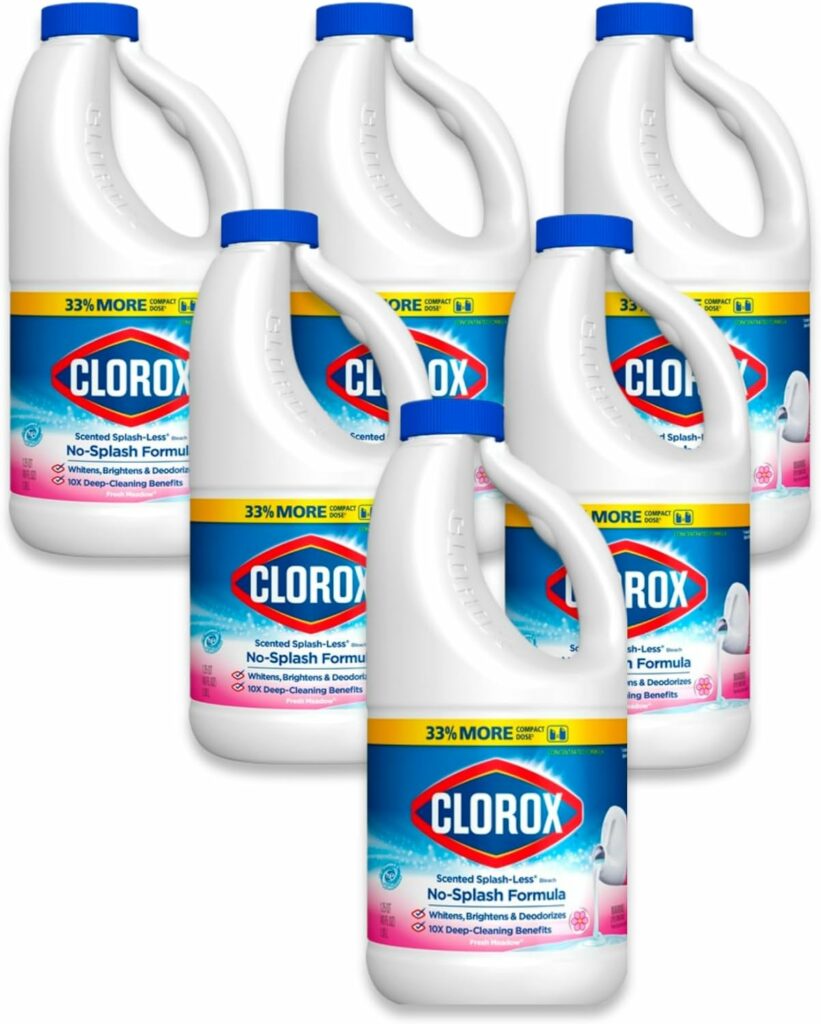
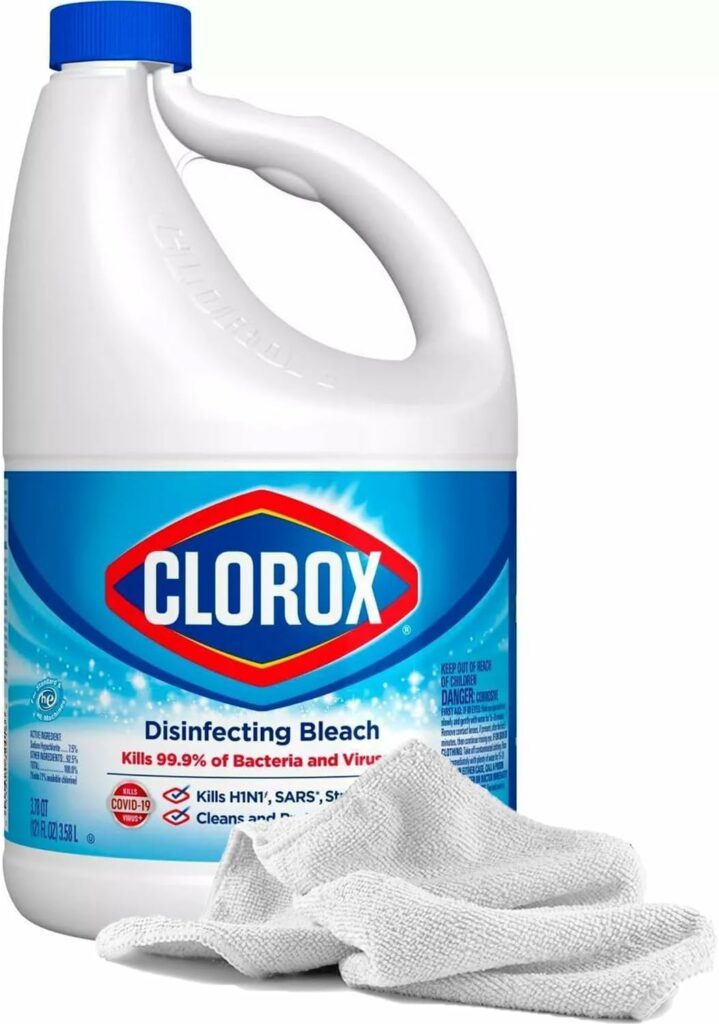

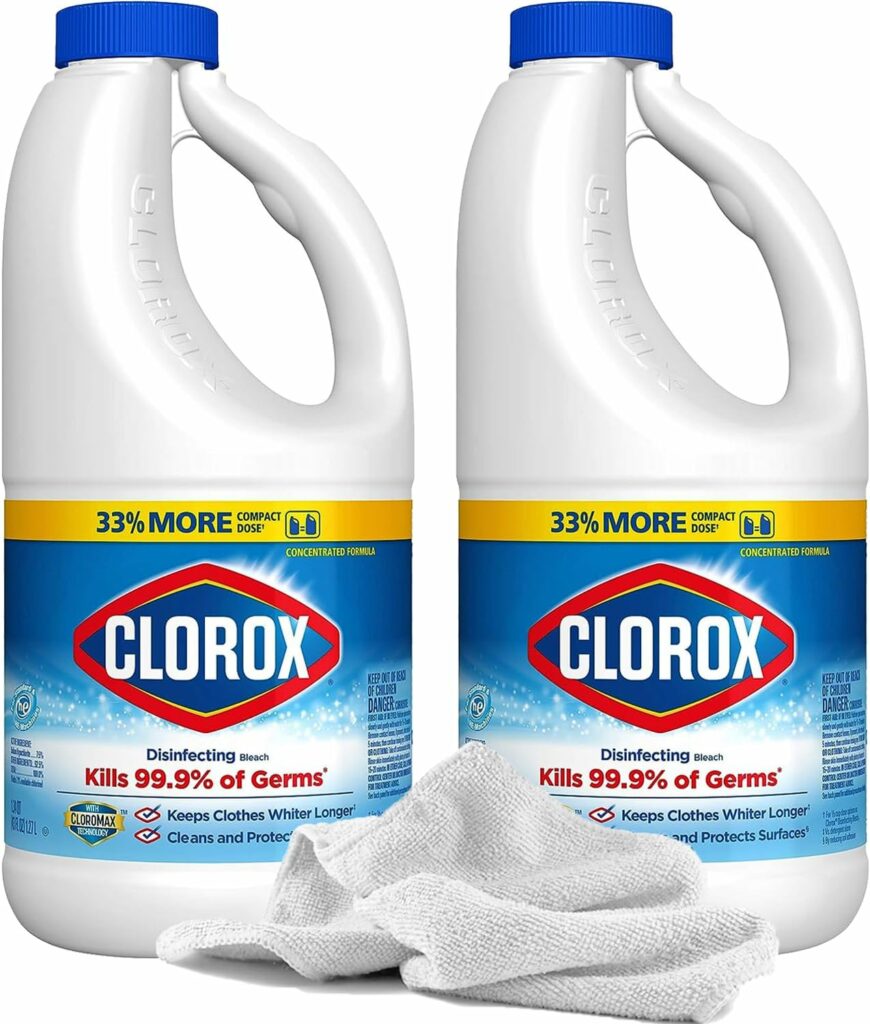
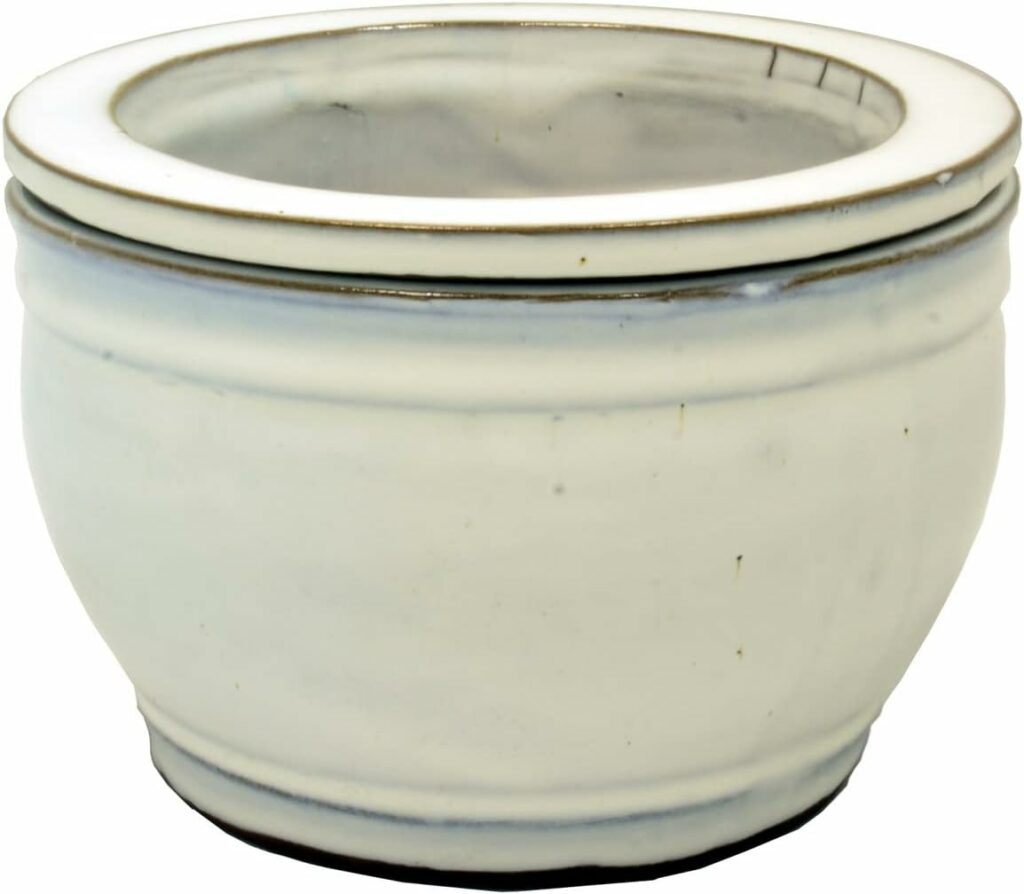
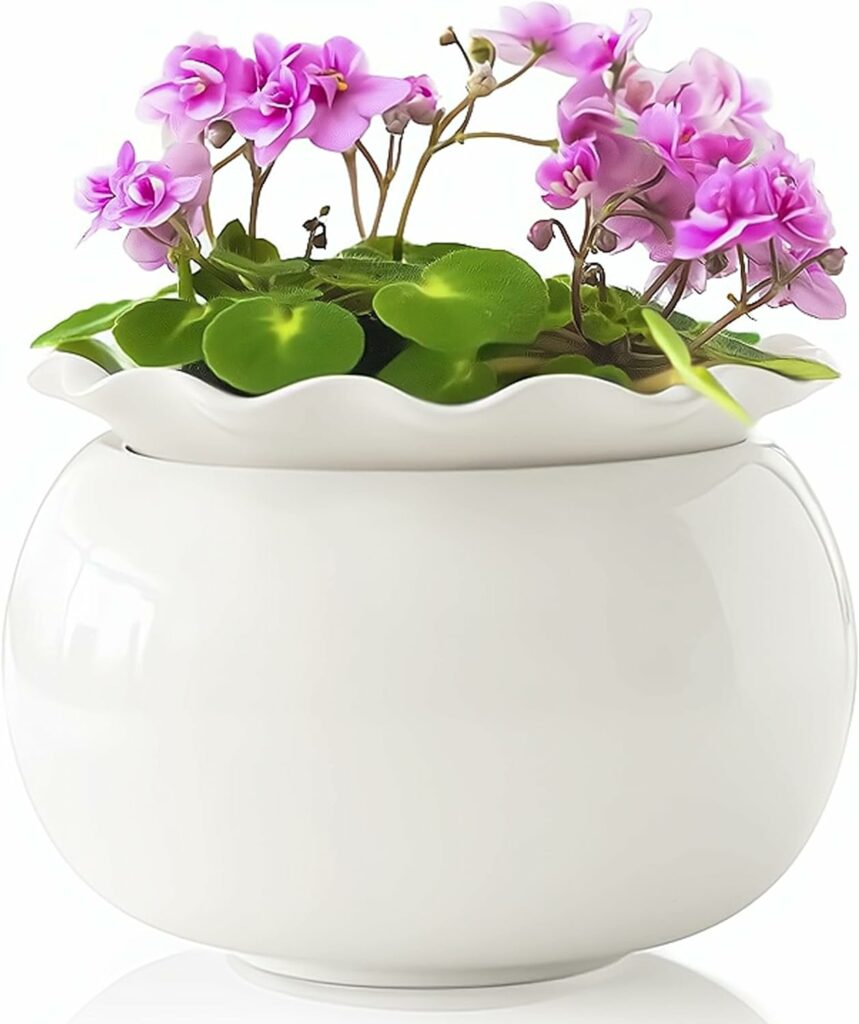
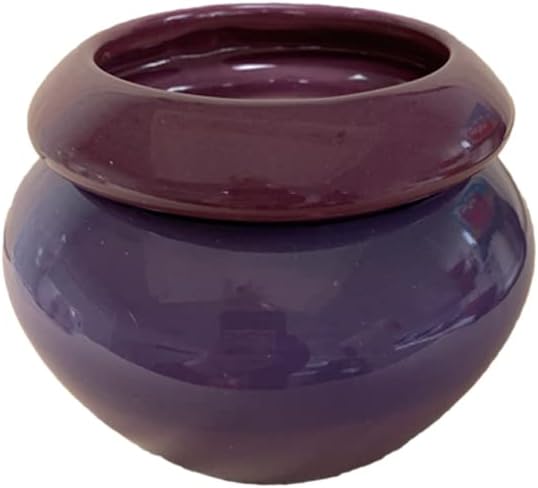
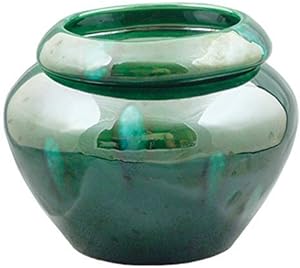

3 Responses
Thank you so much for a beautifully explained and clearly written article. I am changing over from wick watering to capillary mat watering. And this article came at the right time for me.
Many thanks,
Pat
Hello Patricia,
thank you for your kind words. So happy to hear the article was useful. Regards, BV
Another way to increase humidity is to use a self-watering device, such as the Watermaid, which relies on capillary matting to draw water into the soil. Where capillary matting is used, low humidity is rarely a problem. A similar solution is to place containers of water around the plants. As with capillary matting, evaporation increases the water content in the air surrounding your Violets.